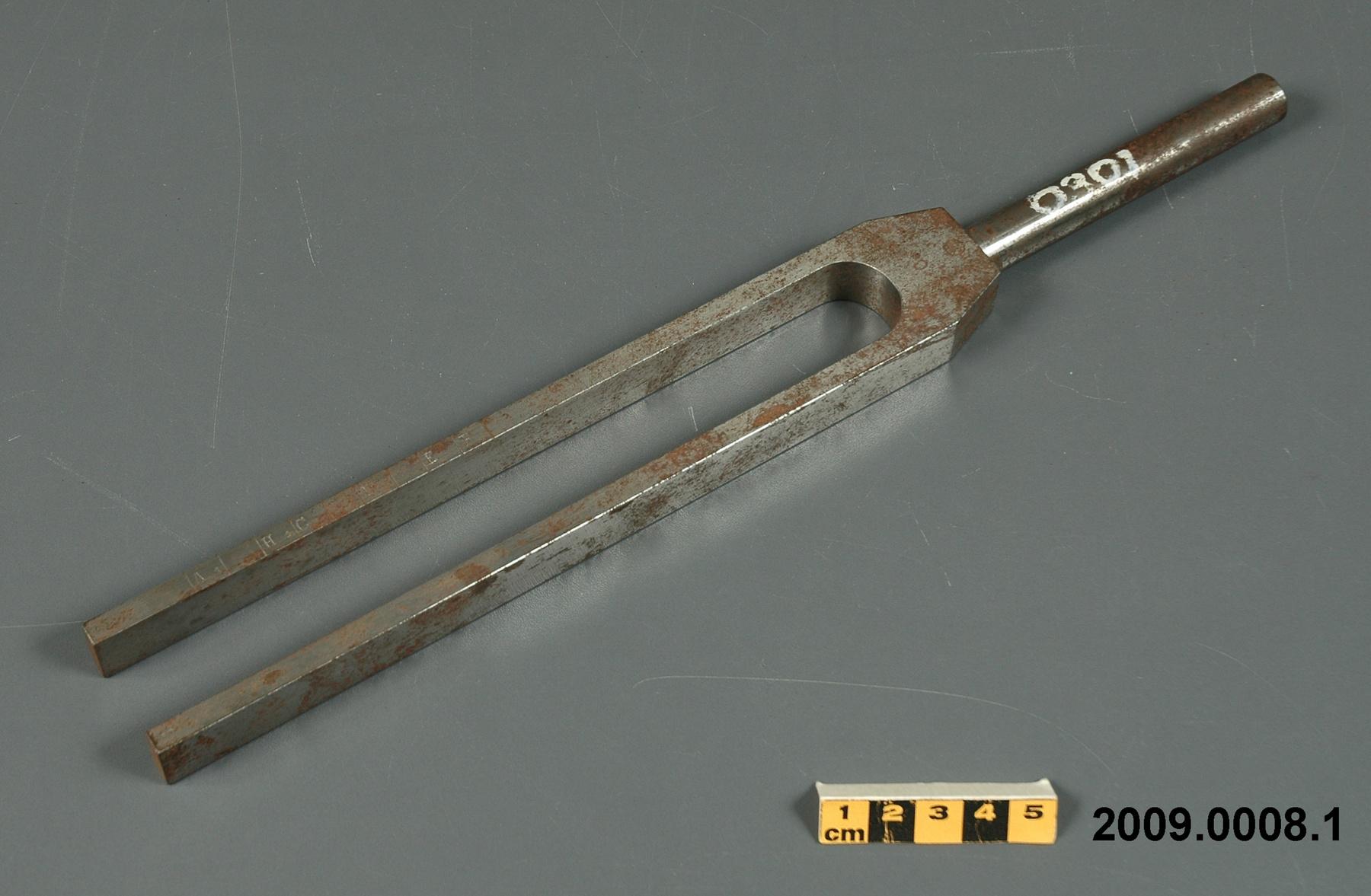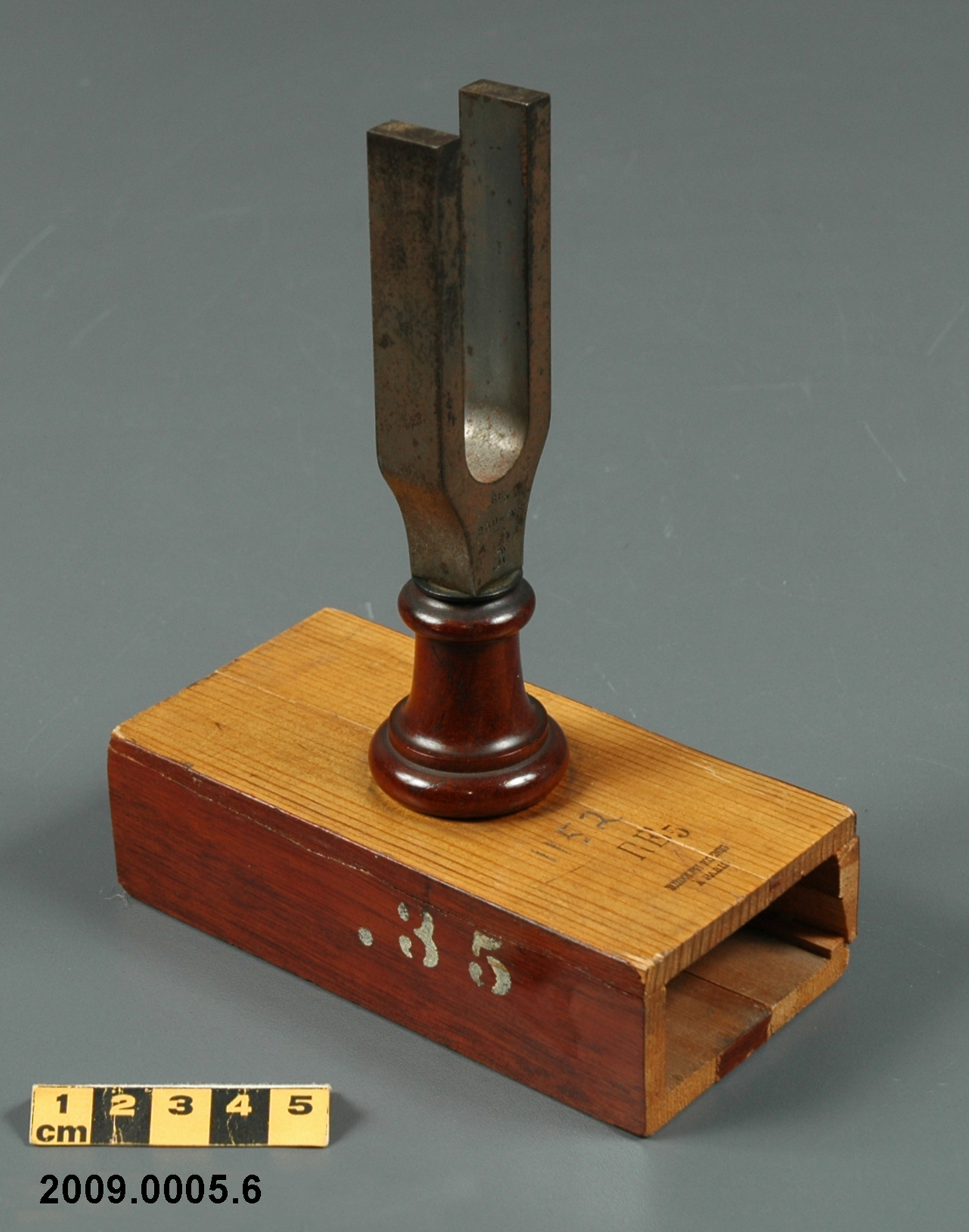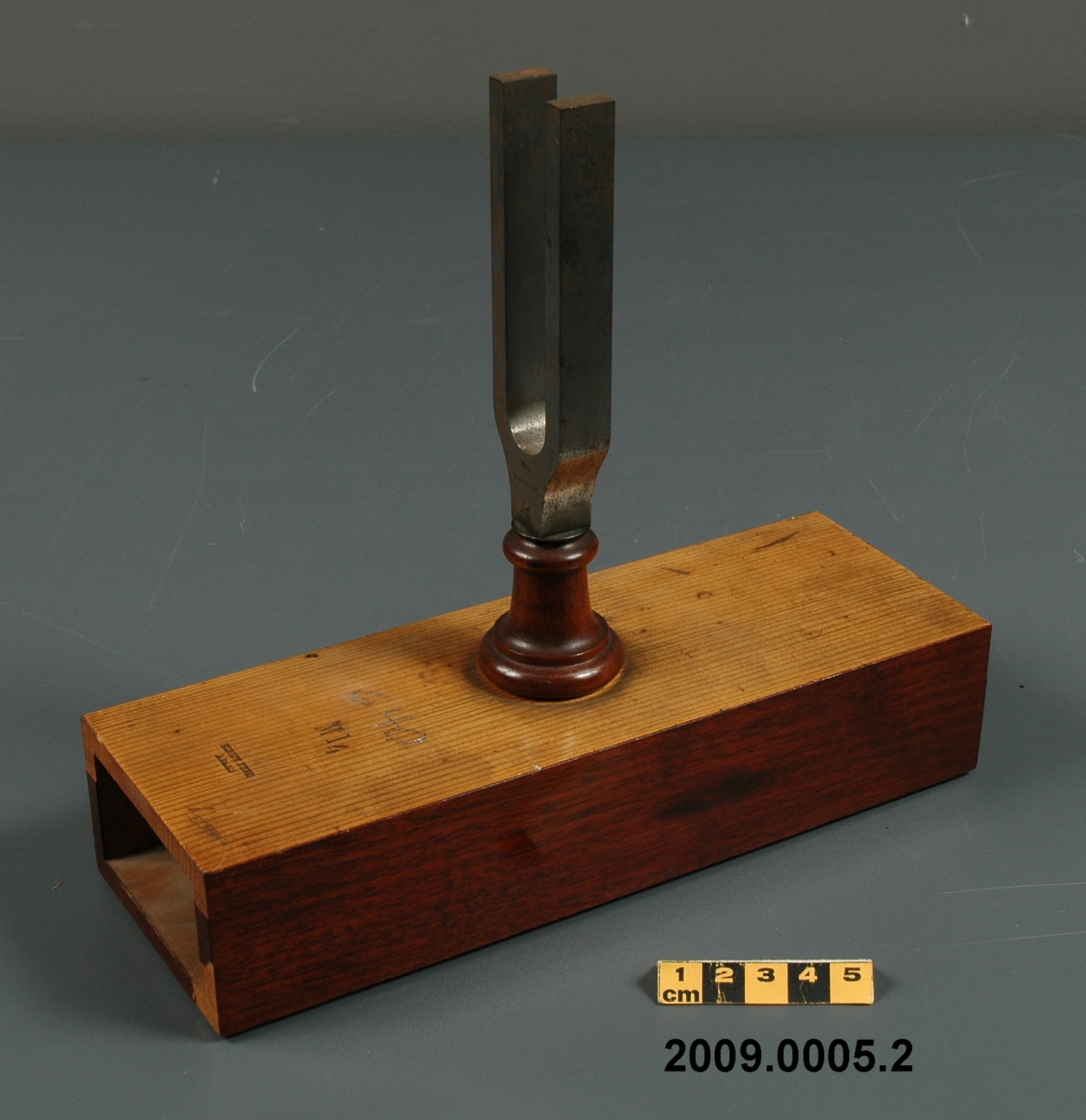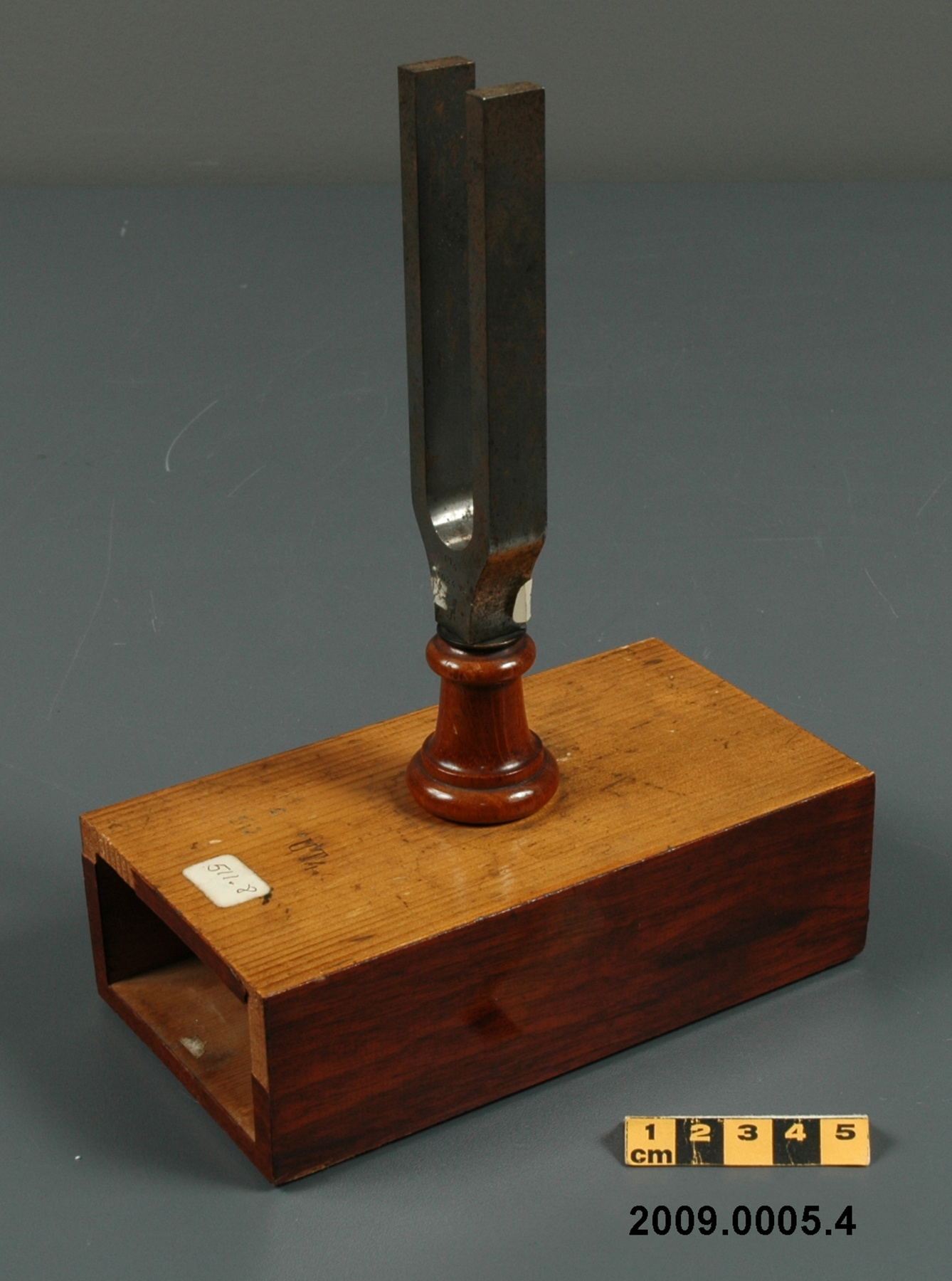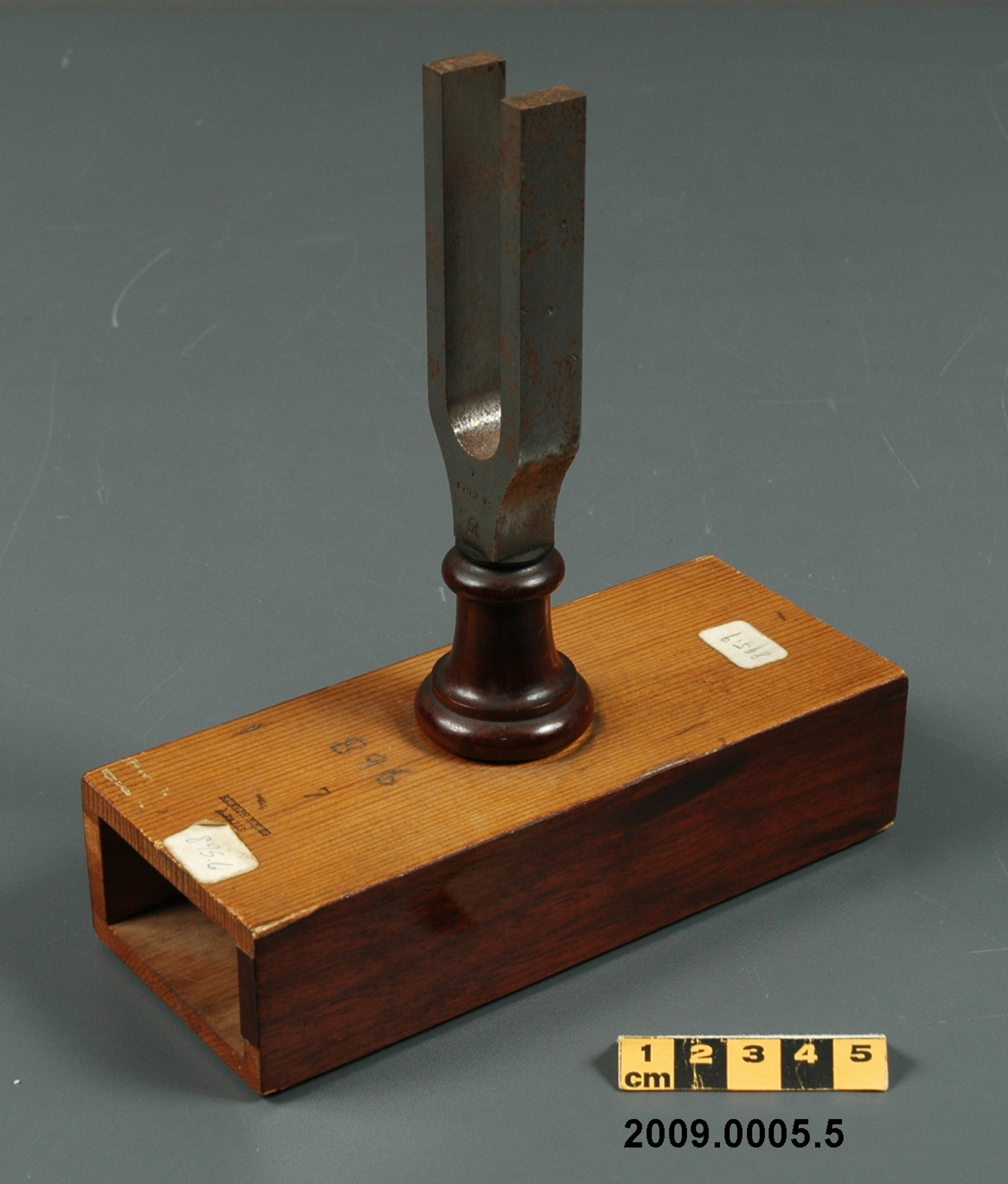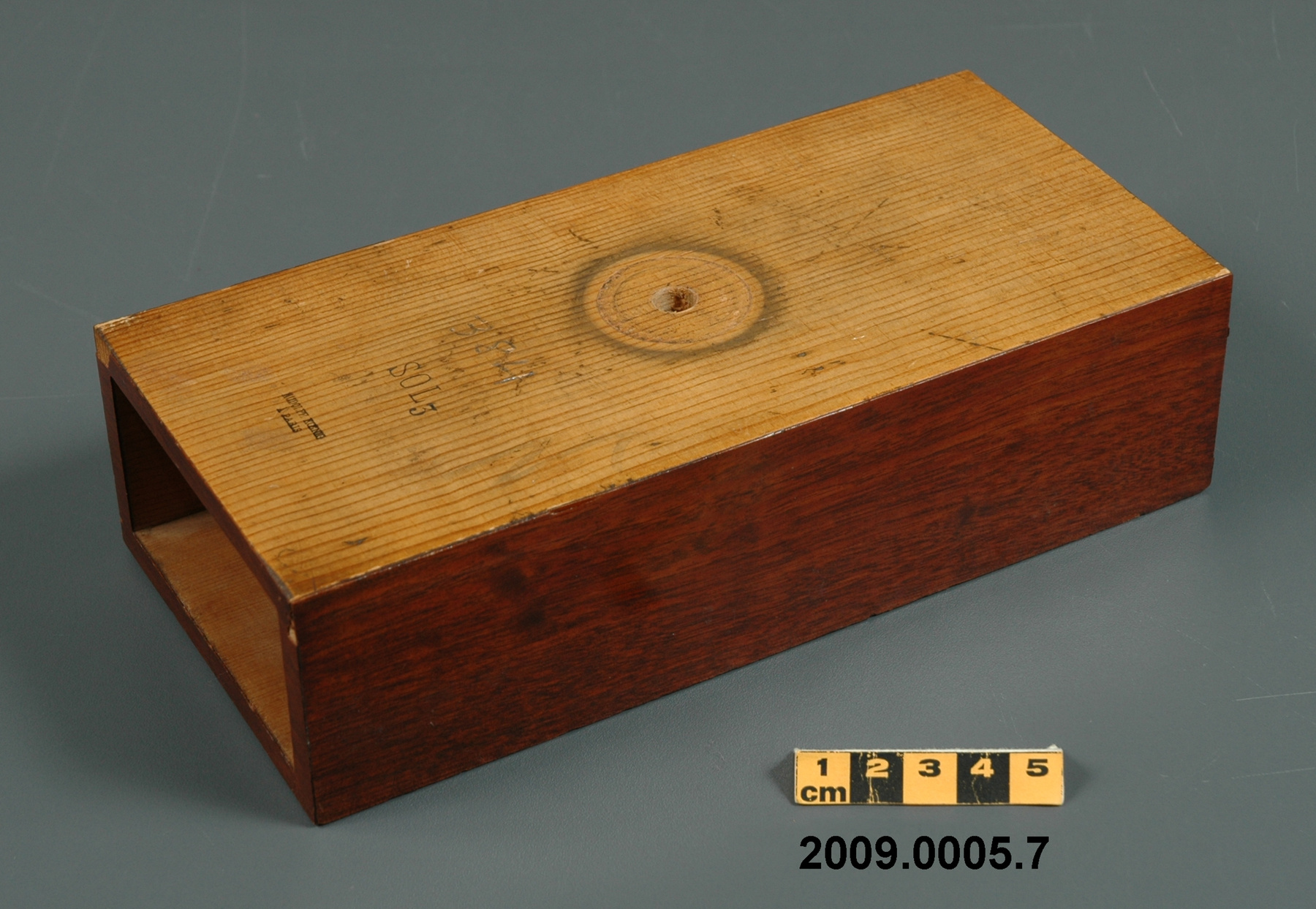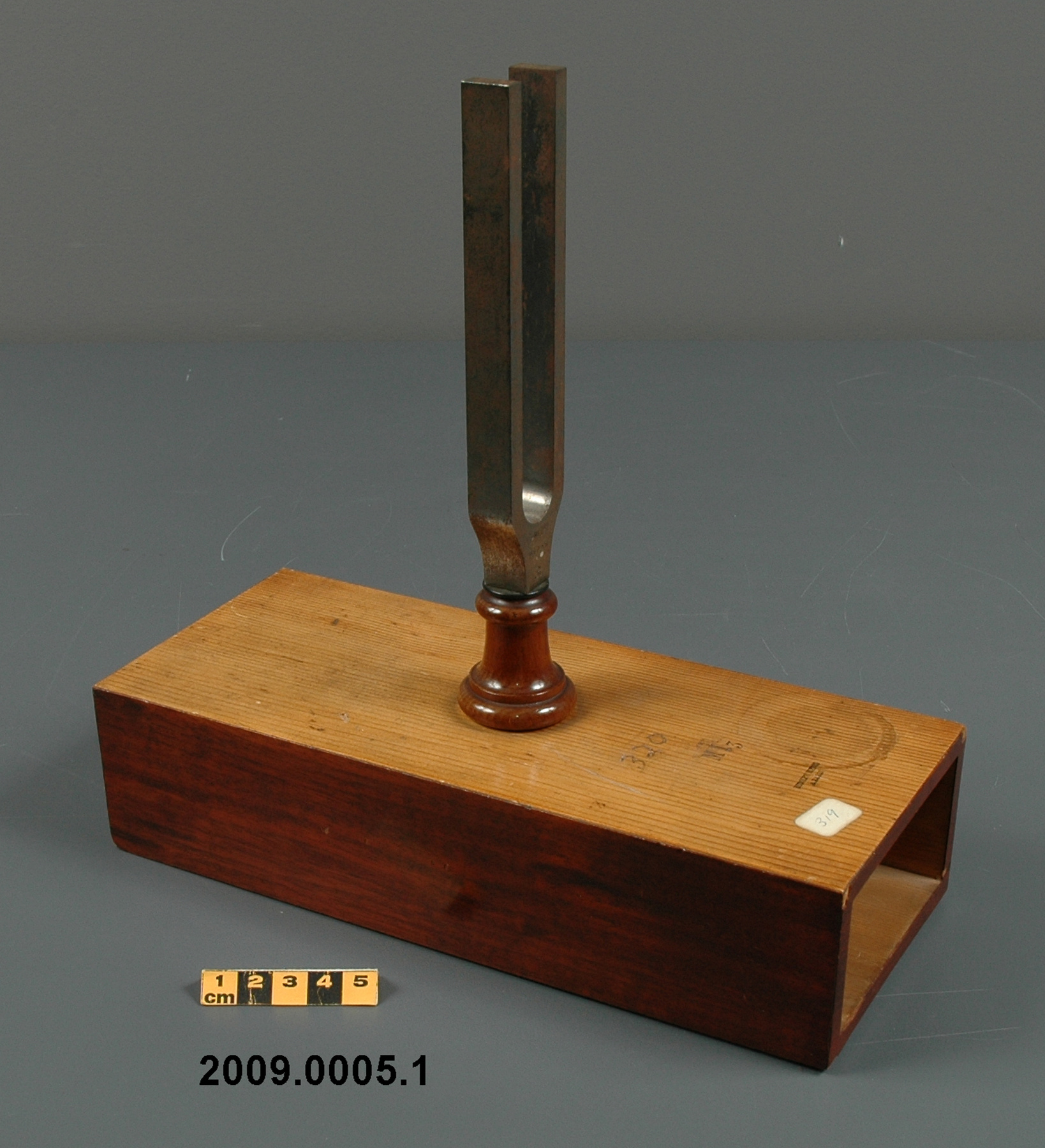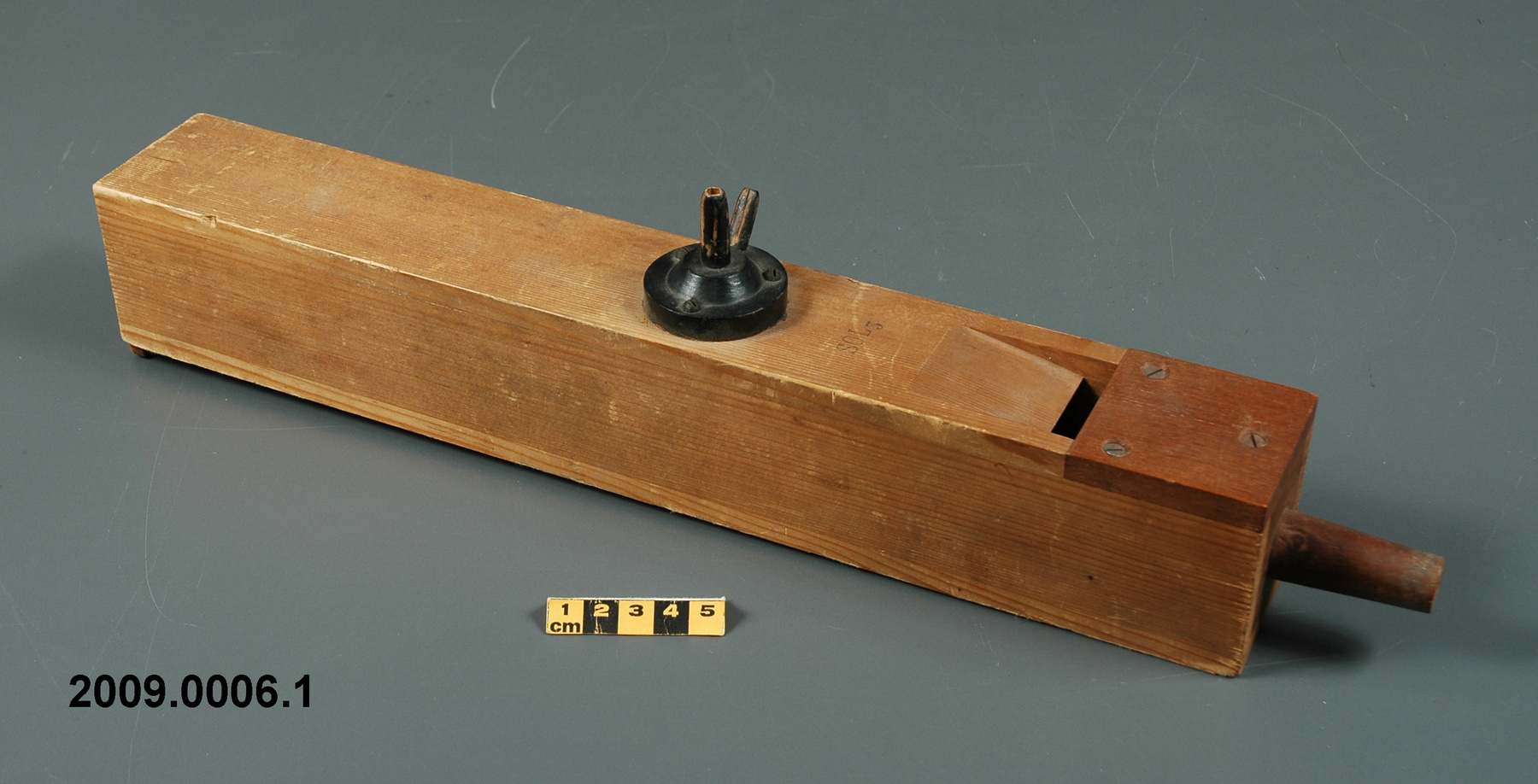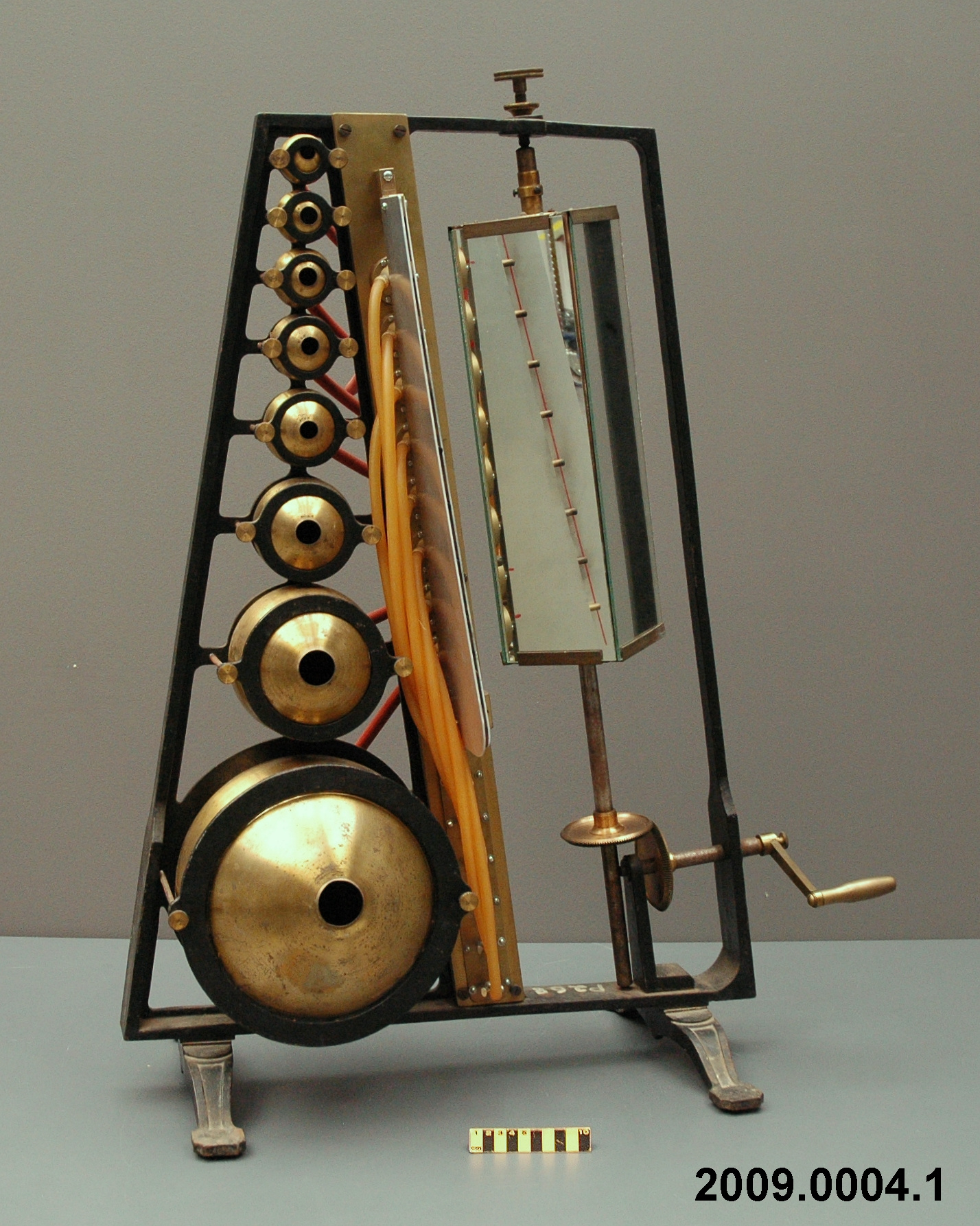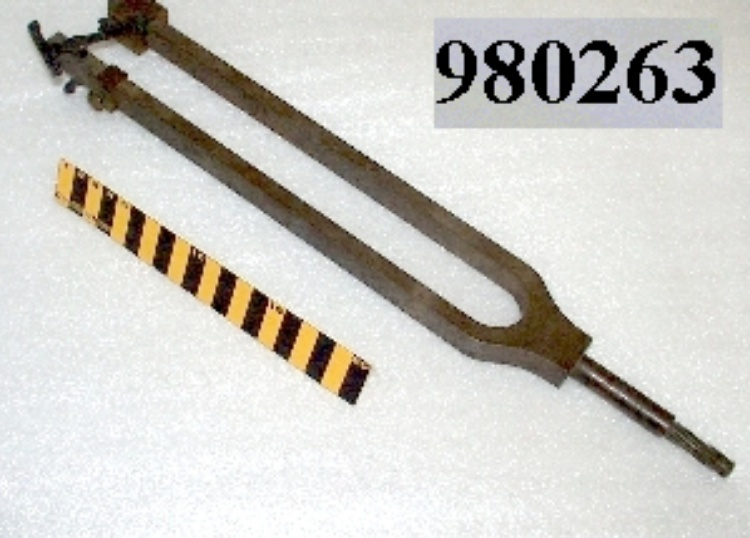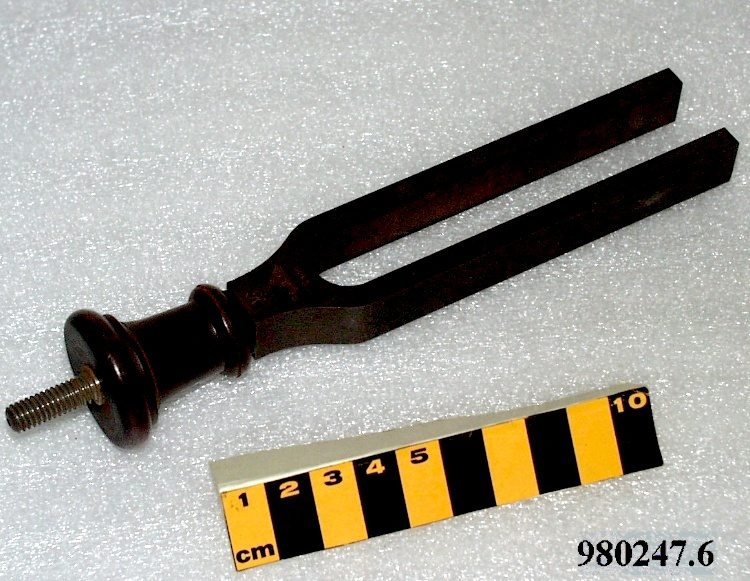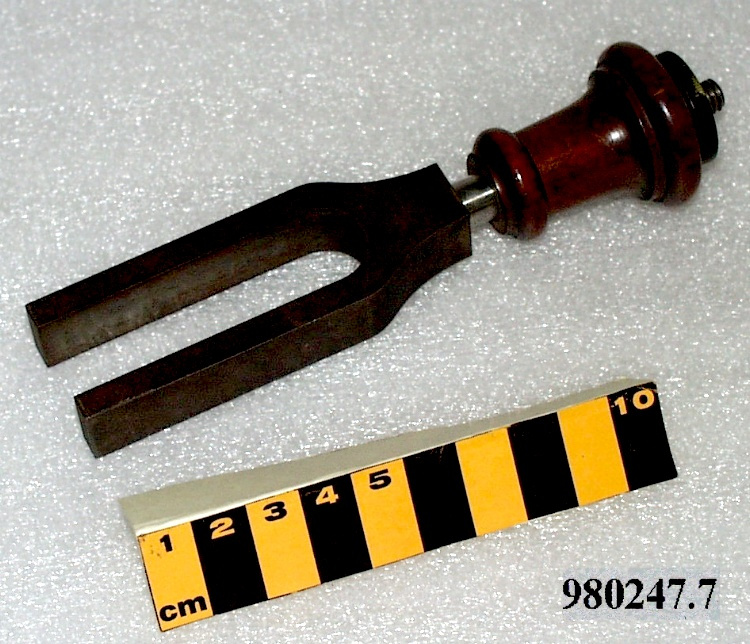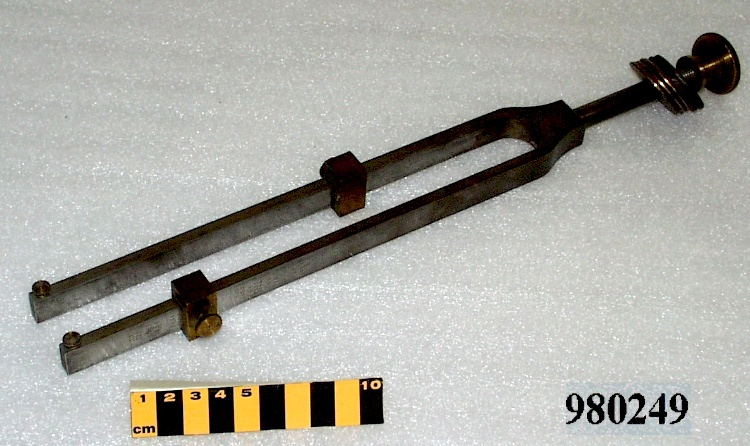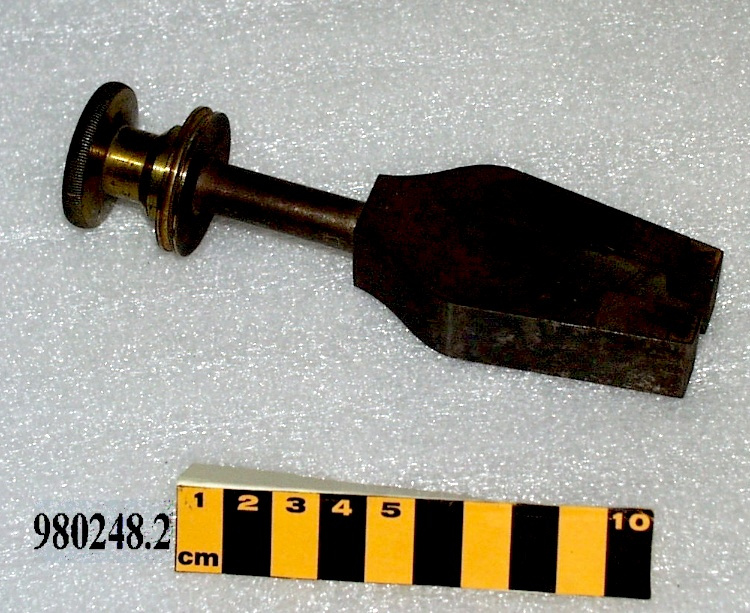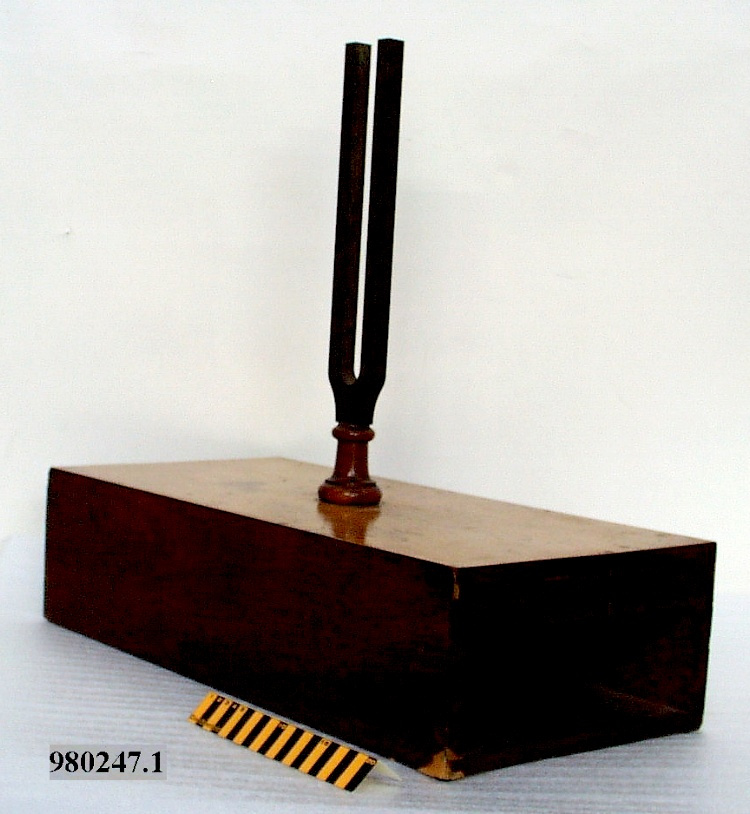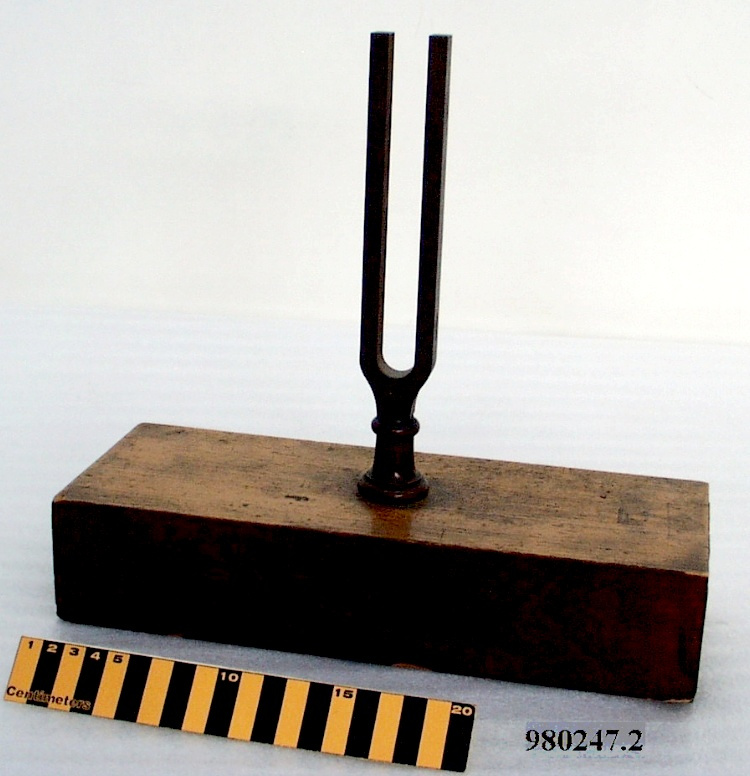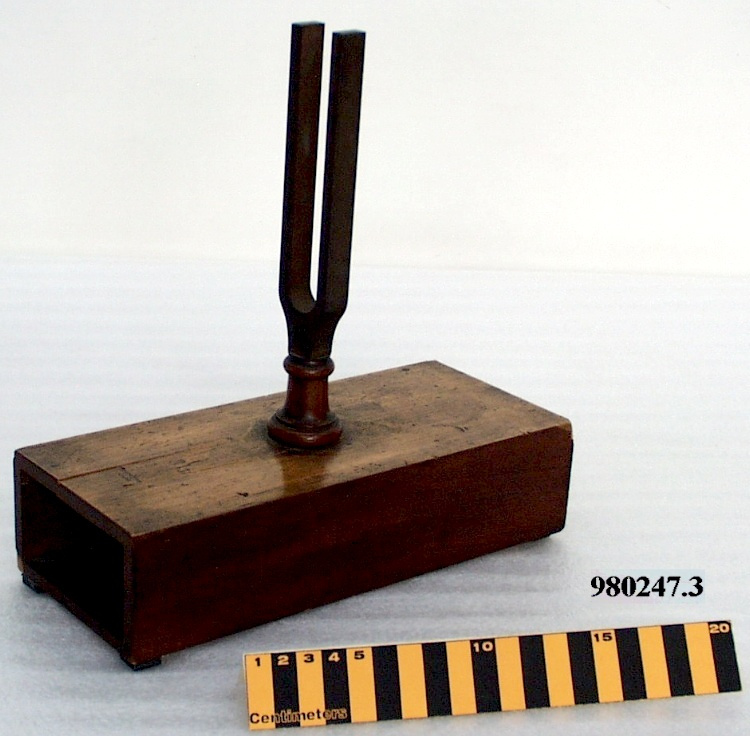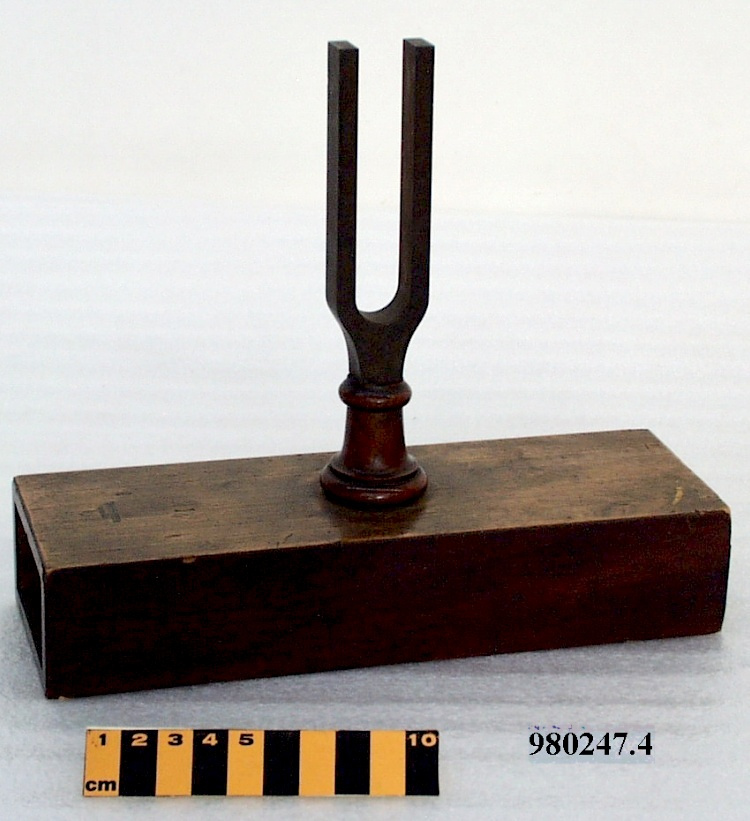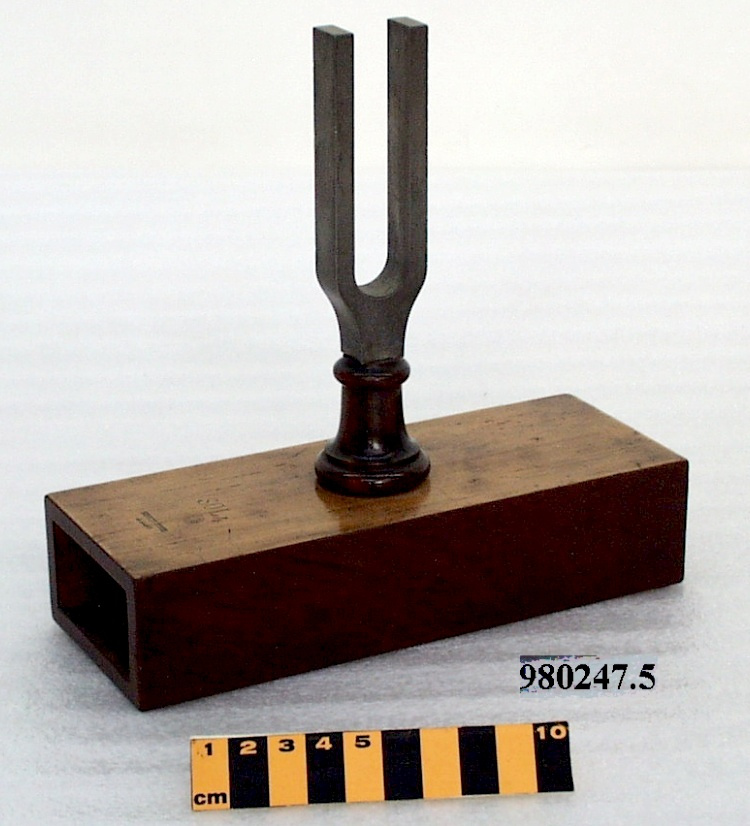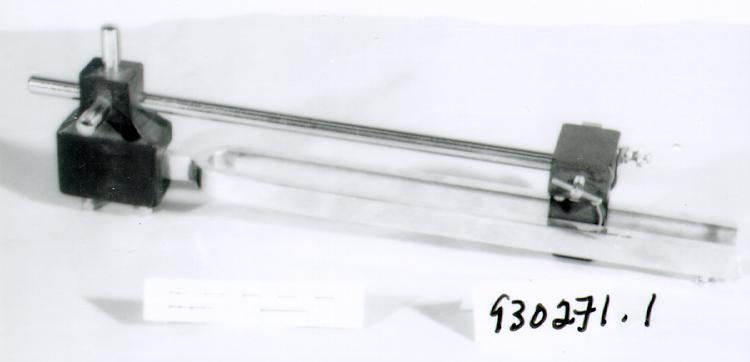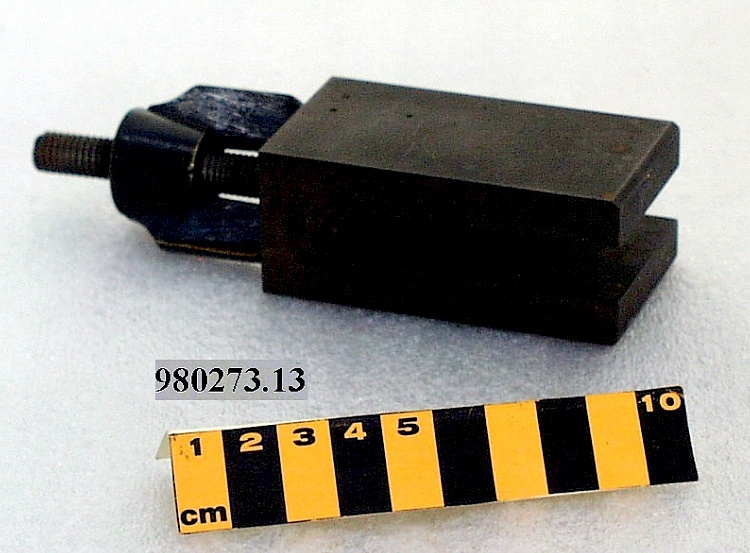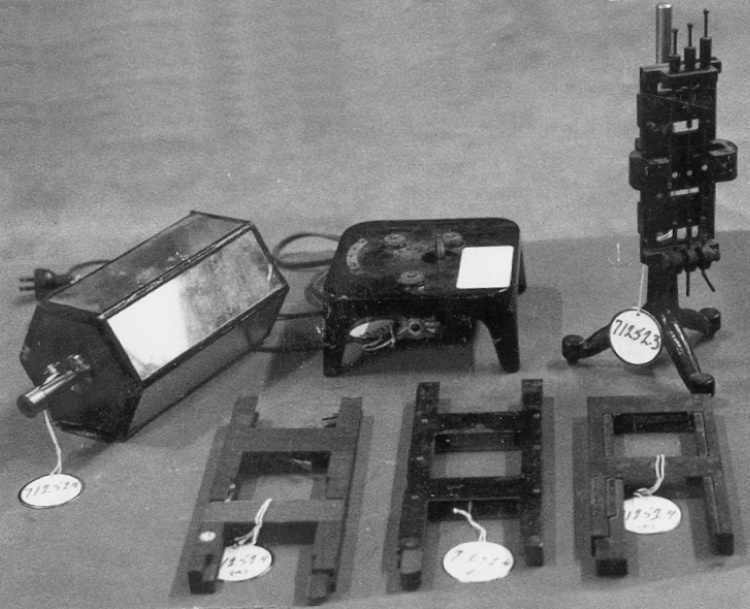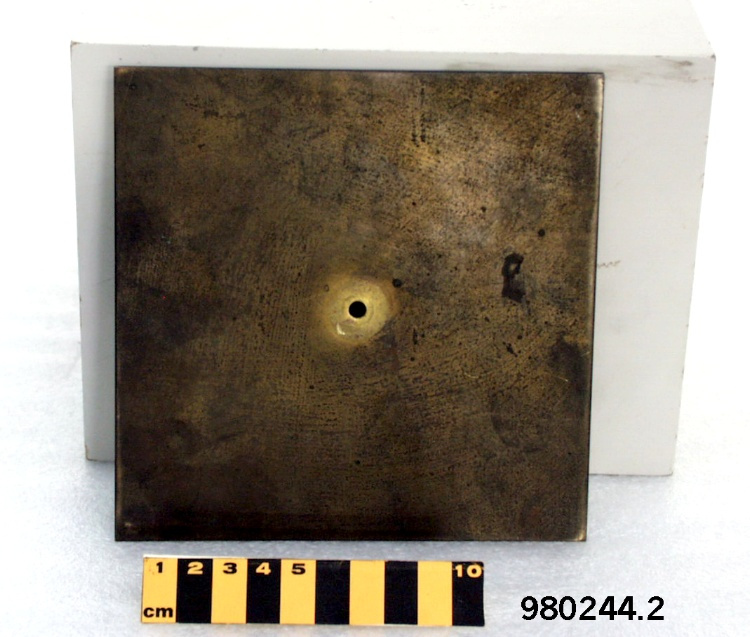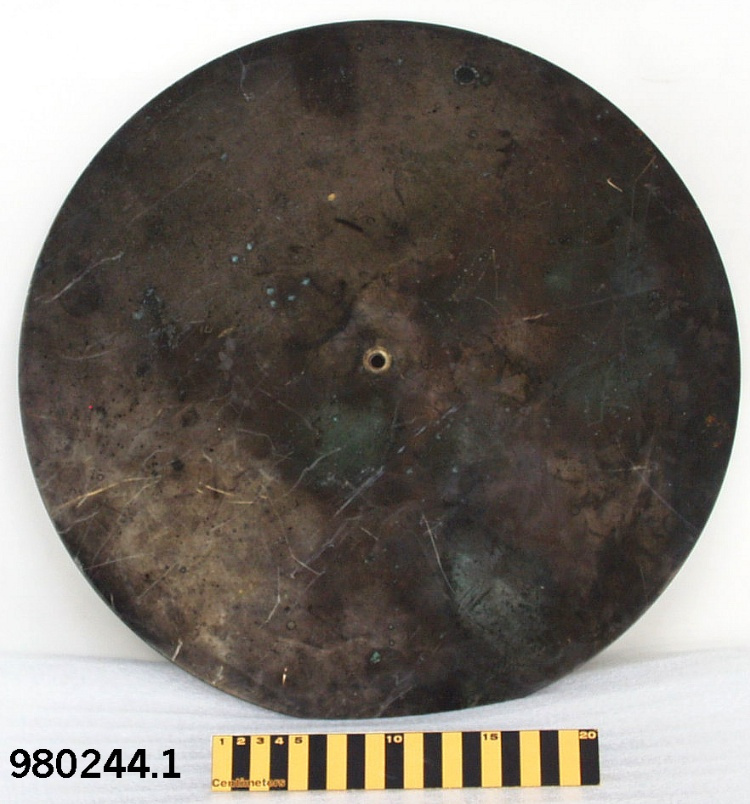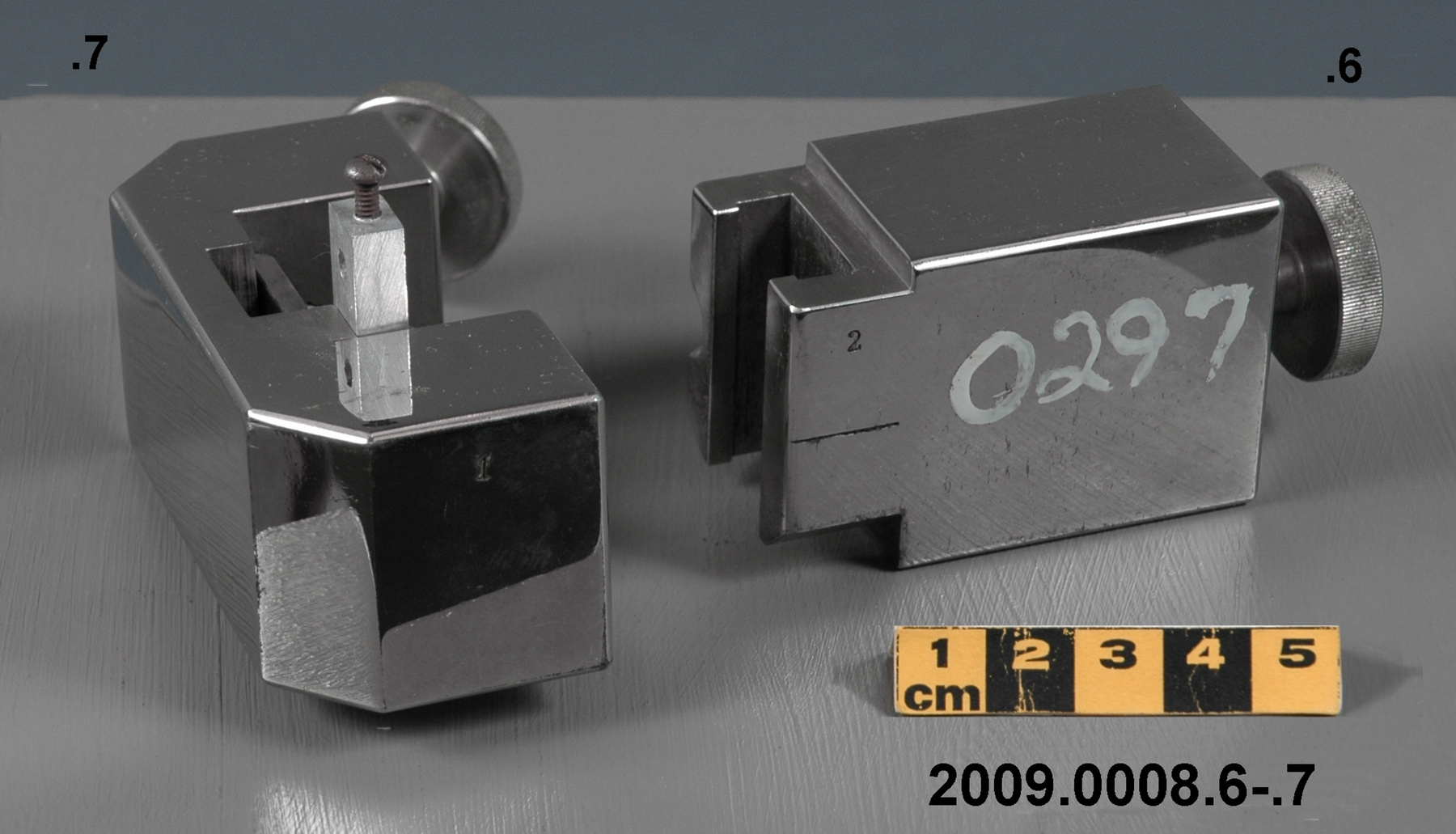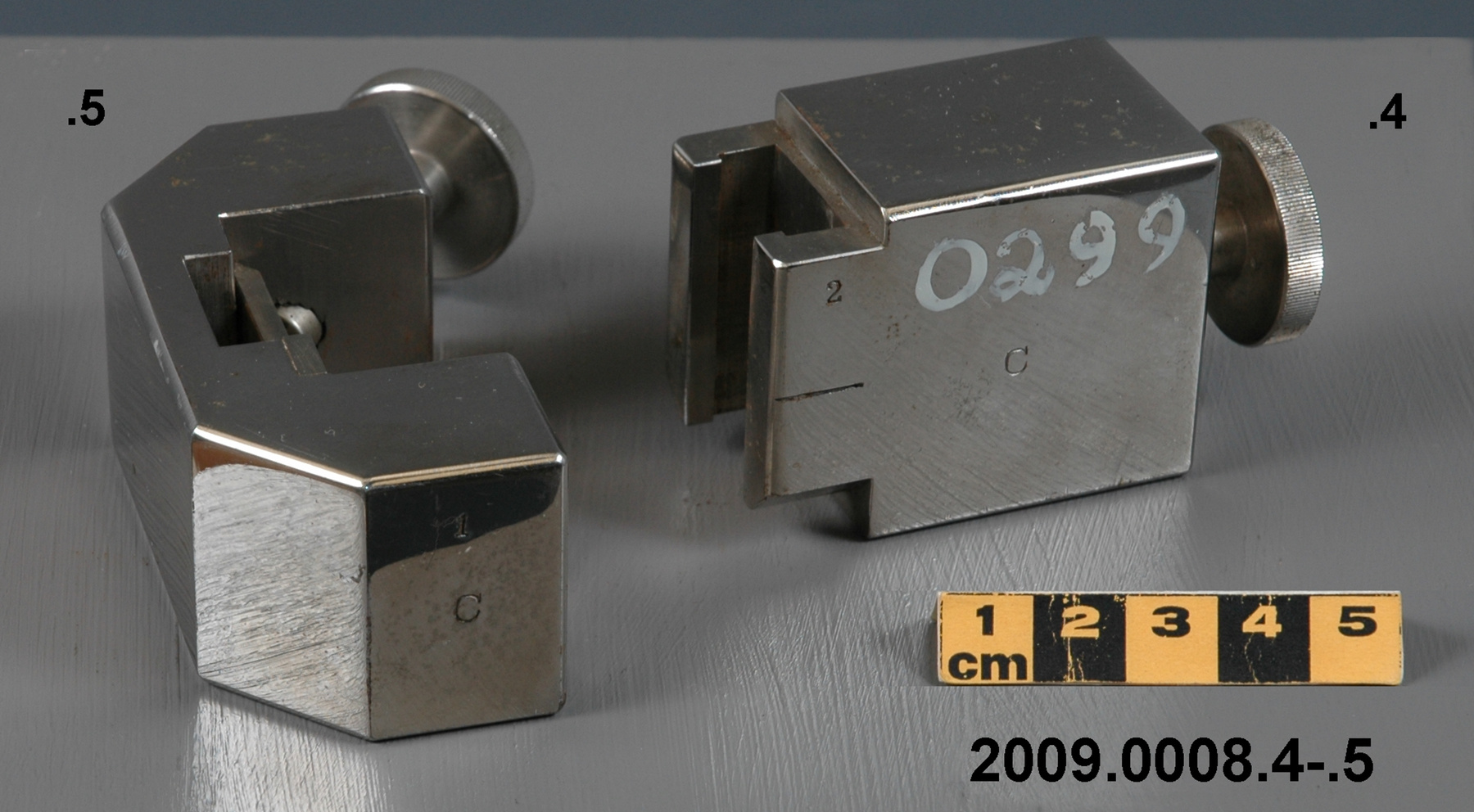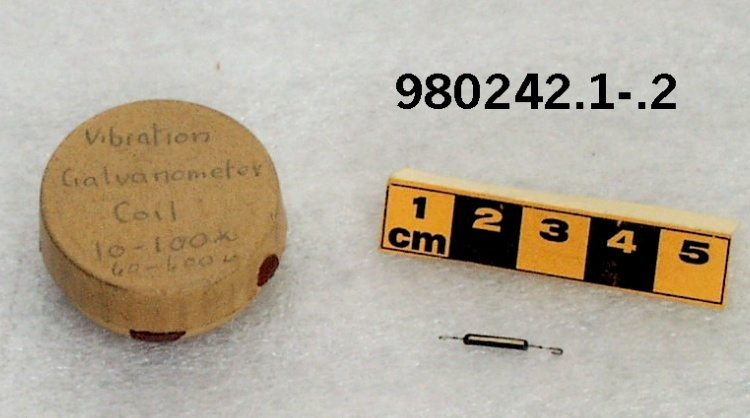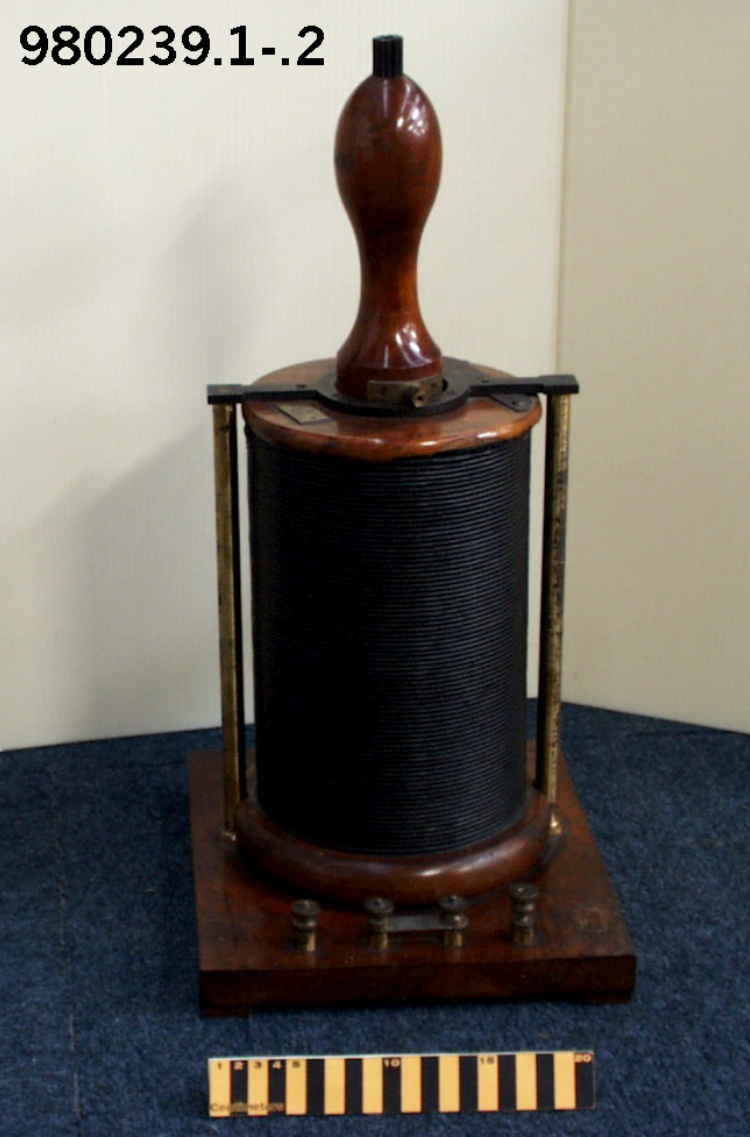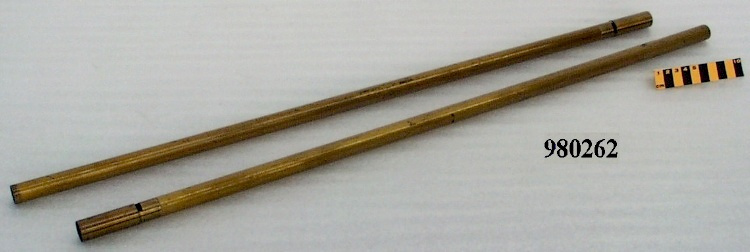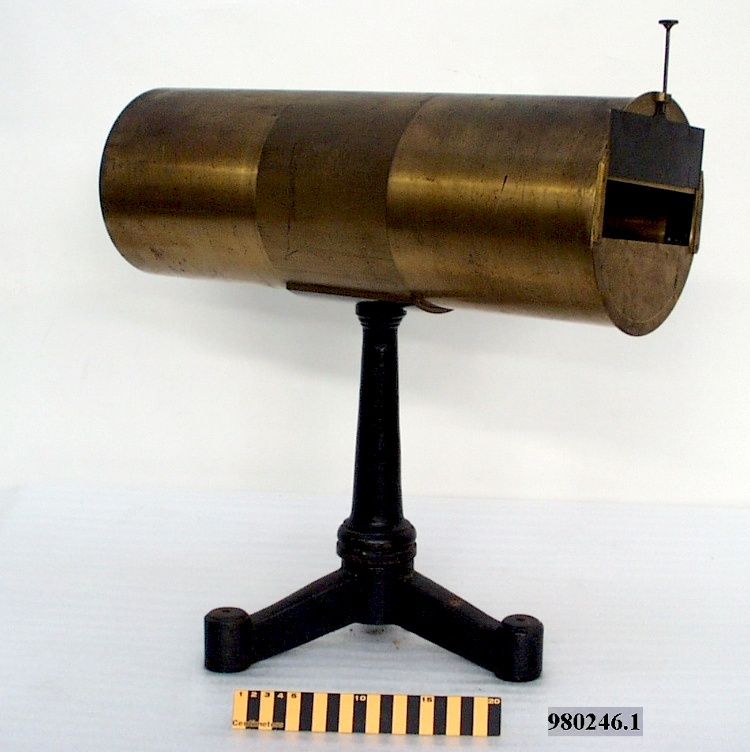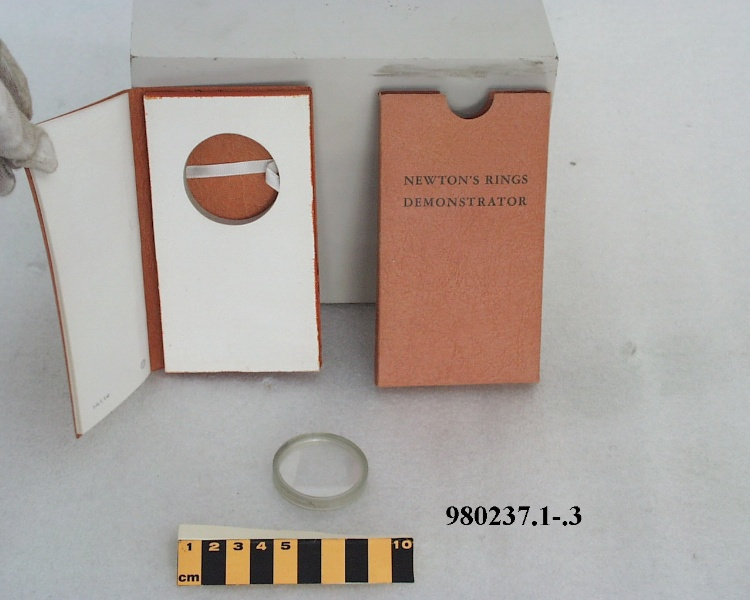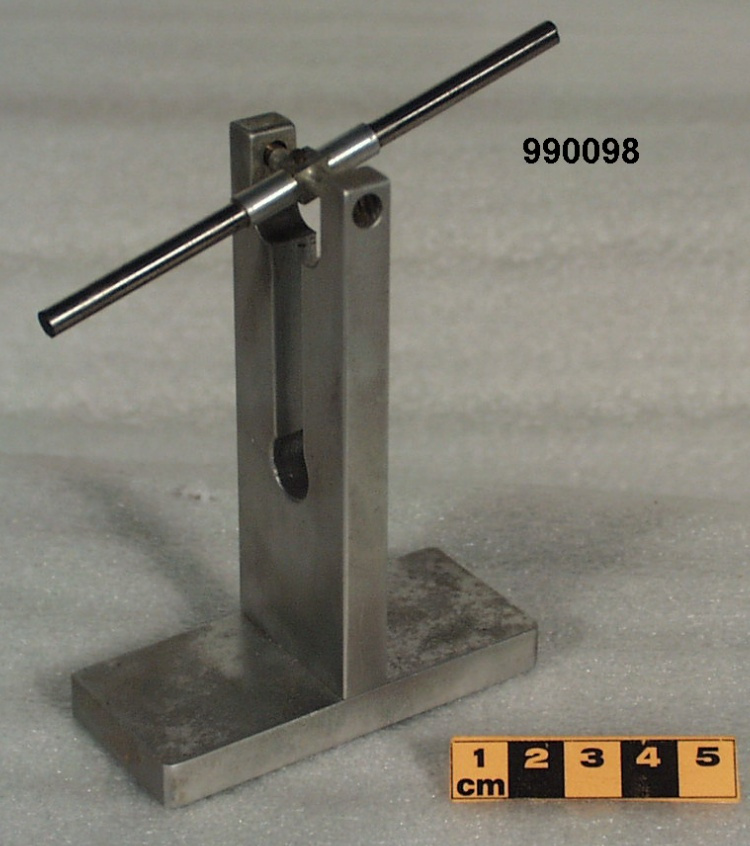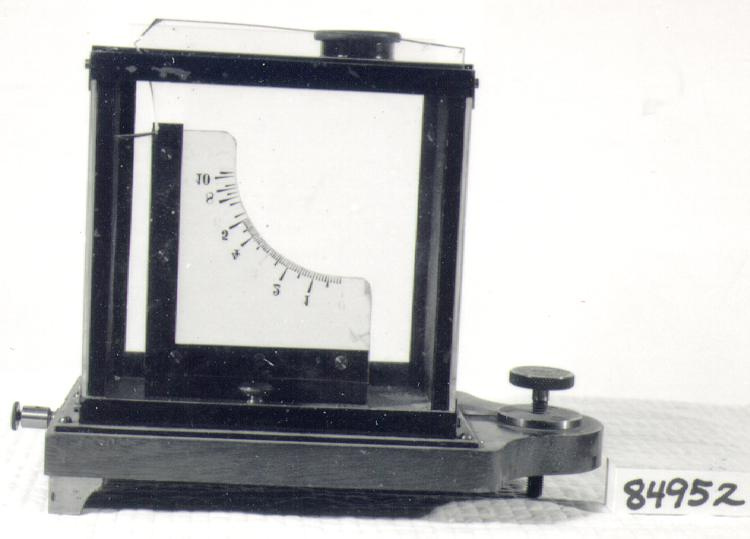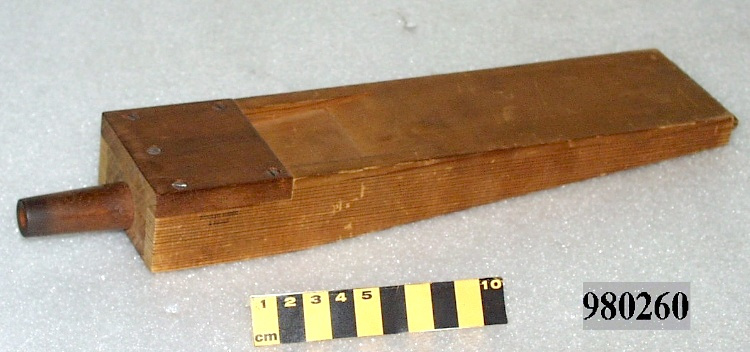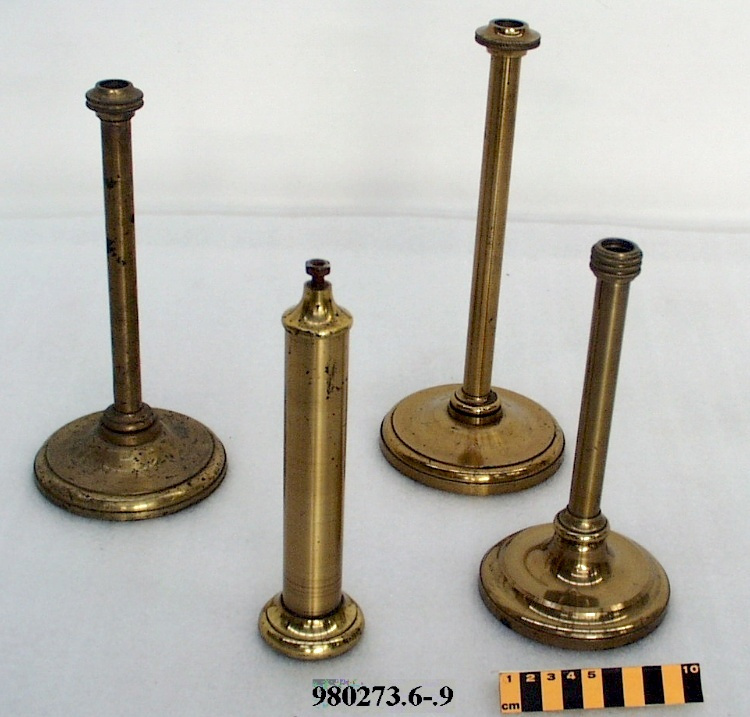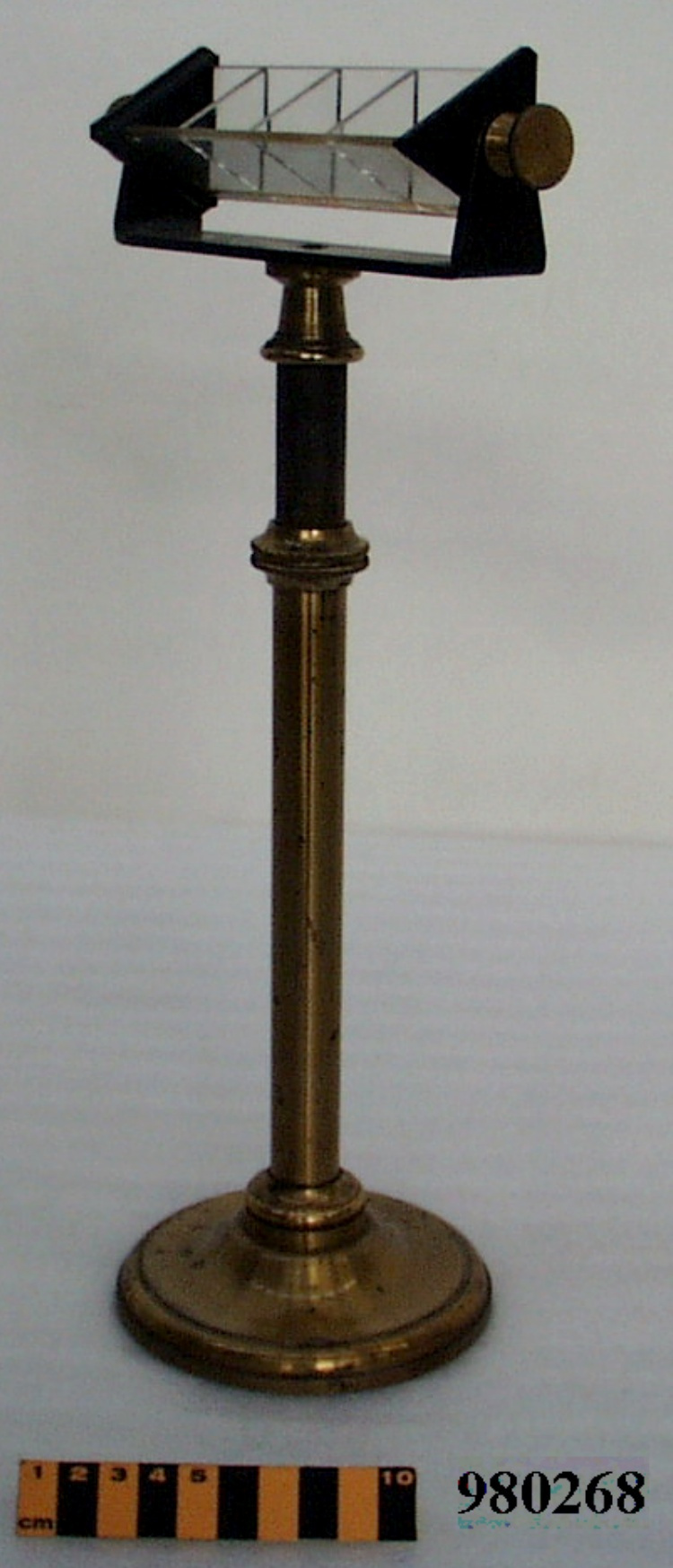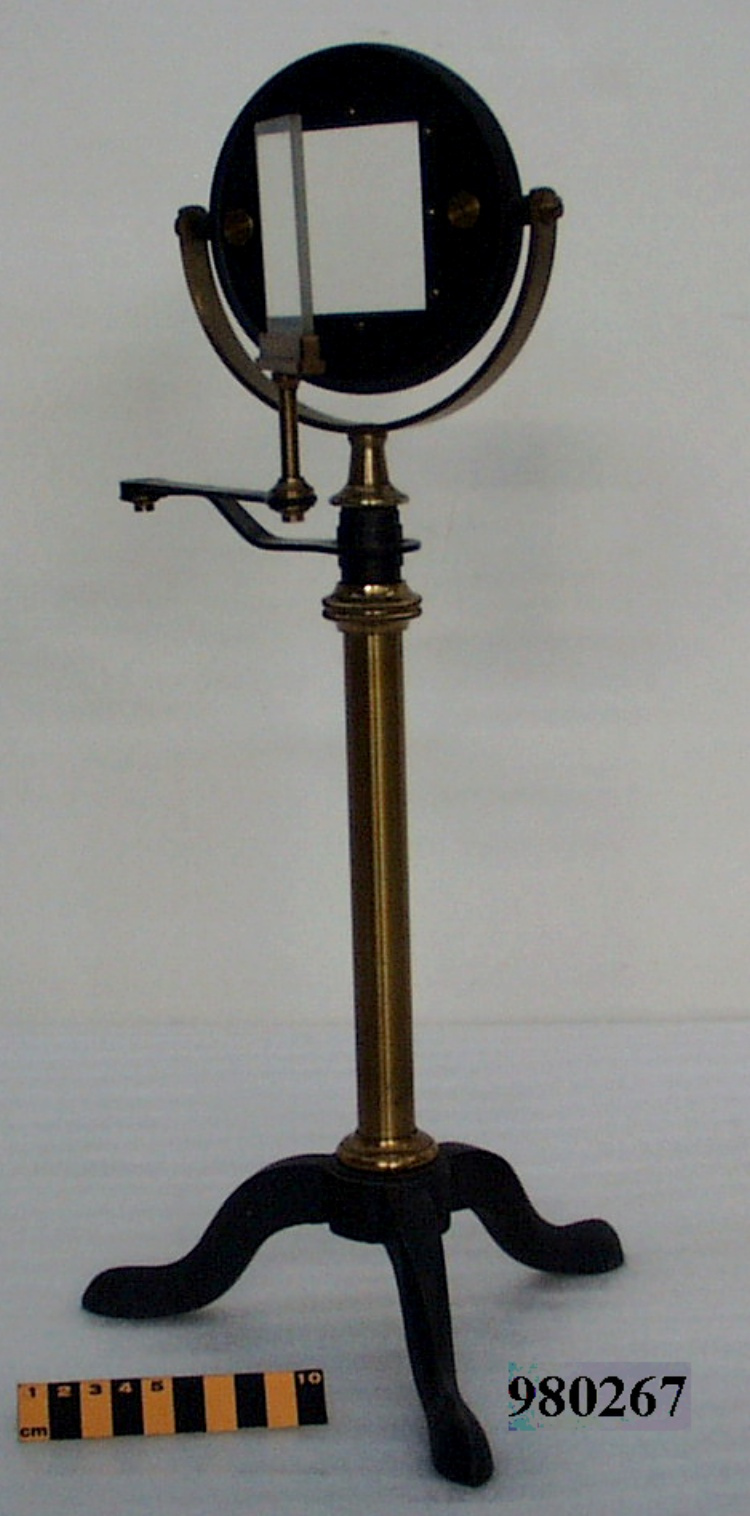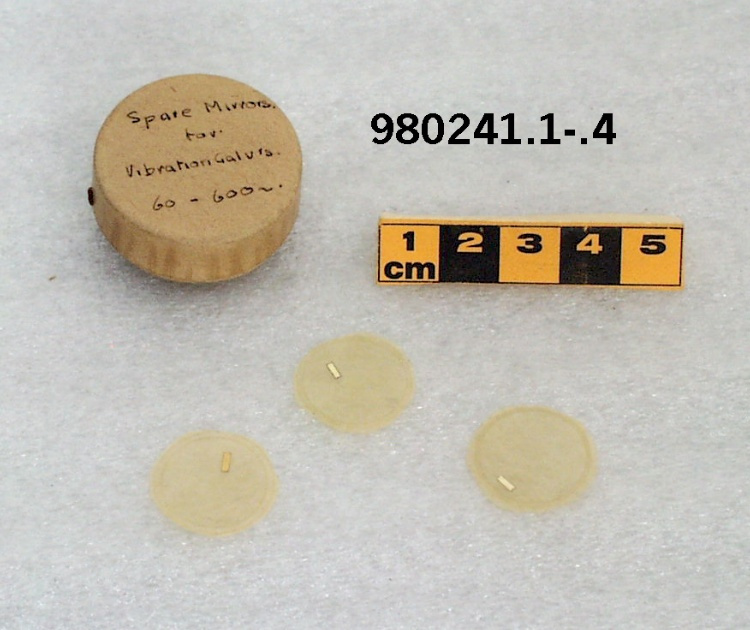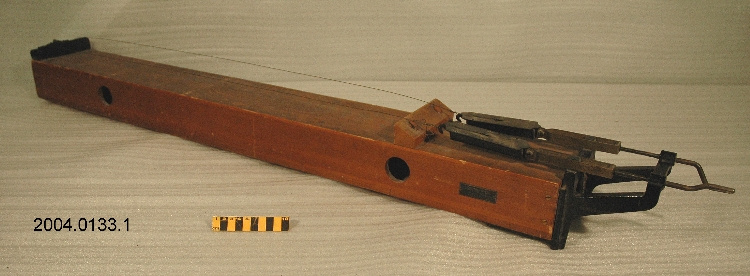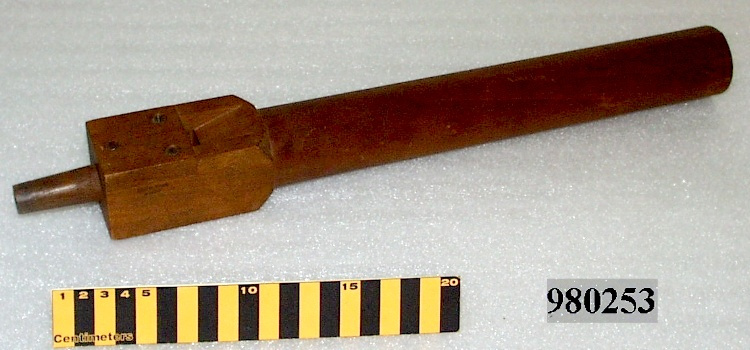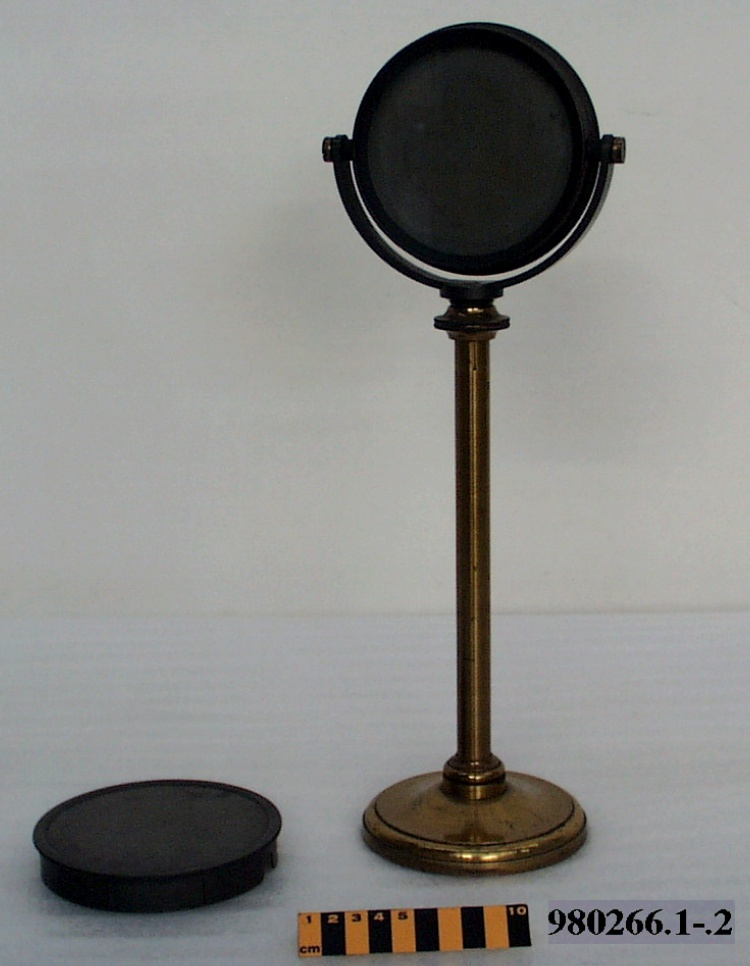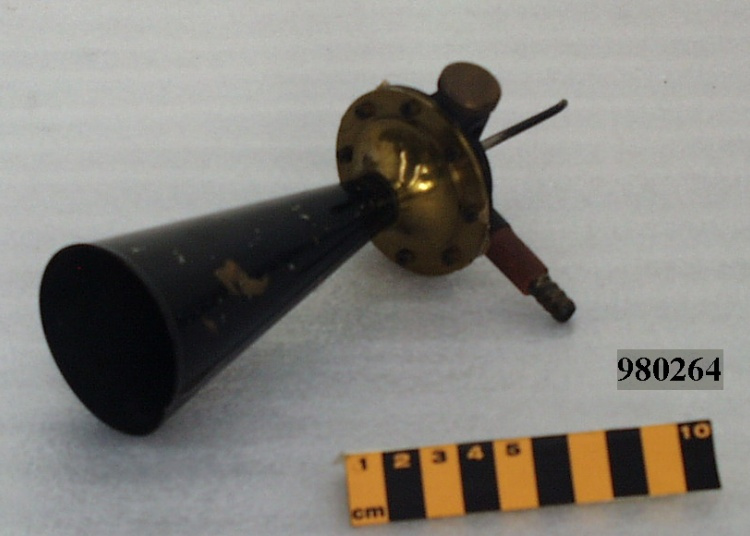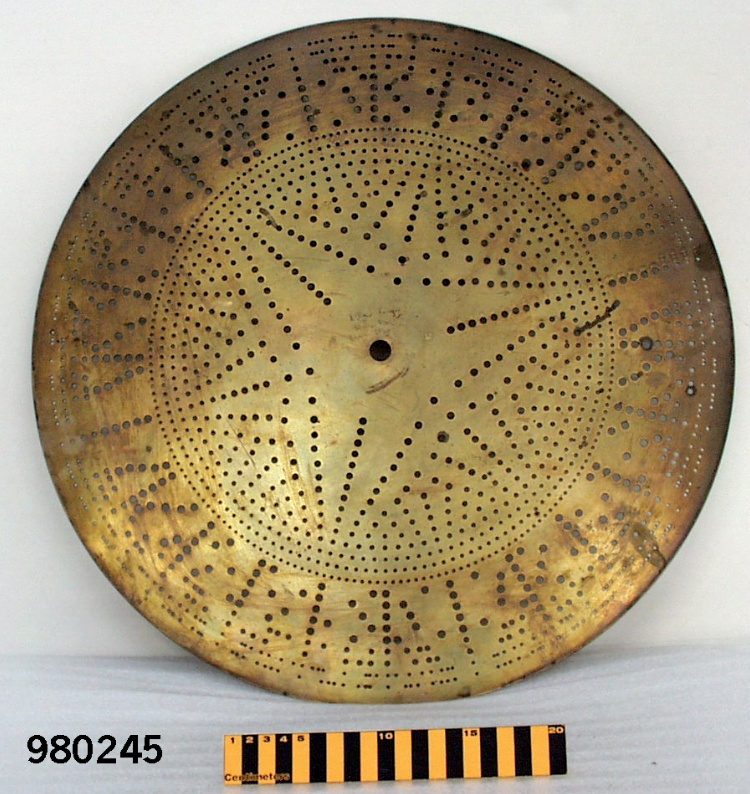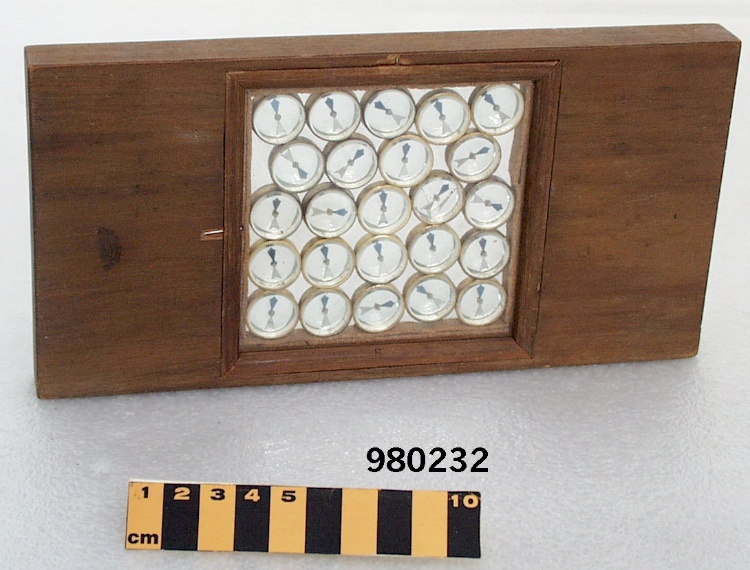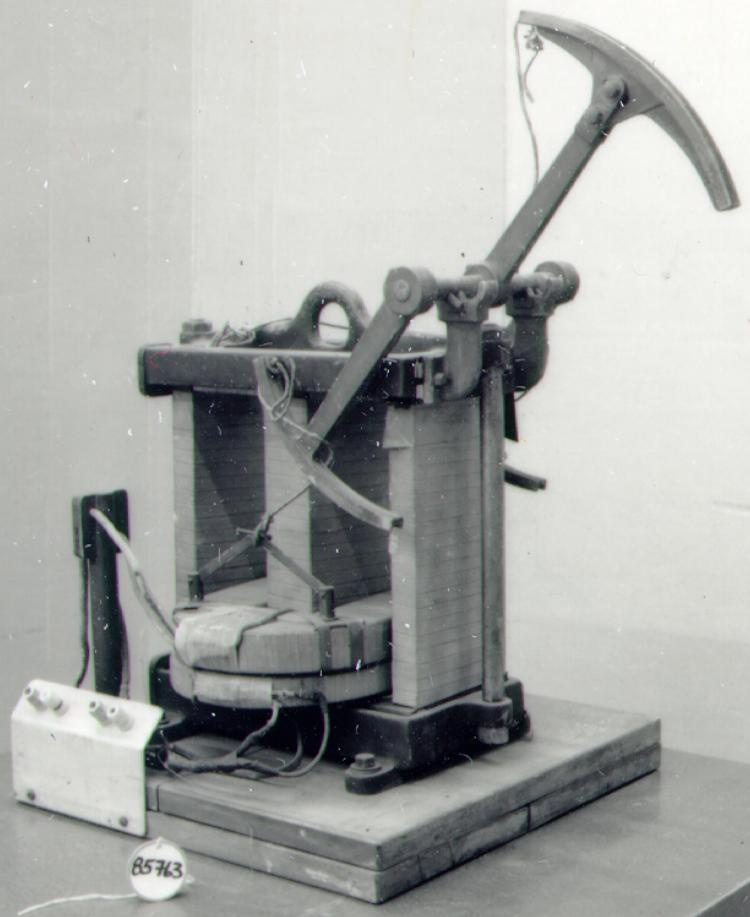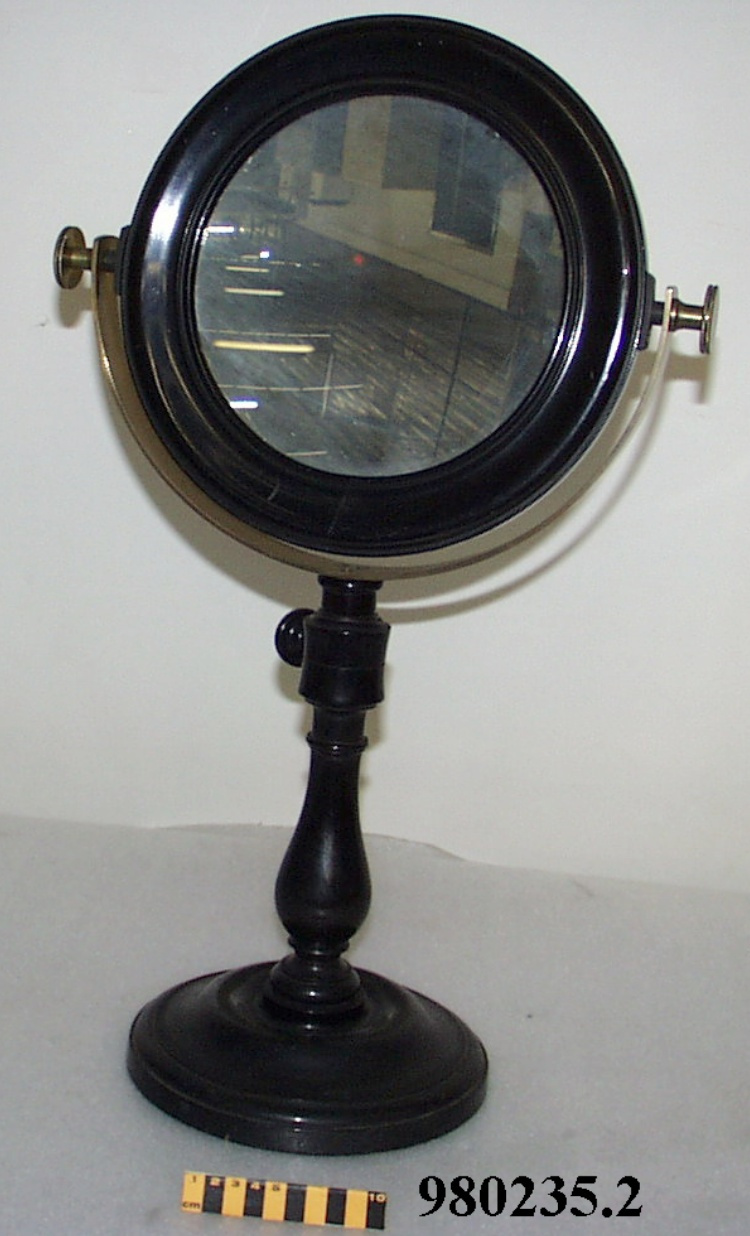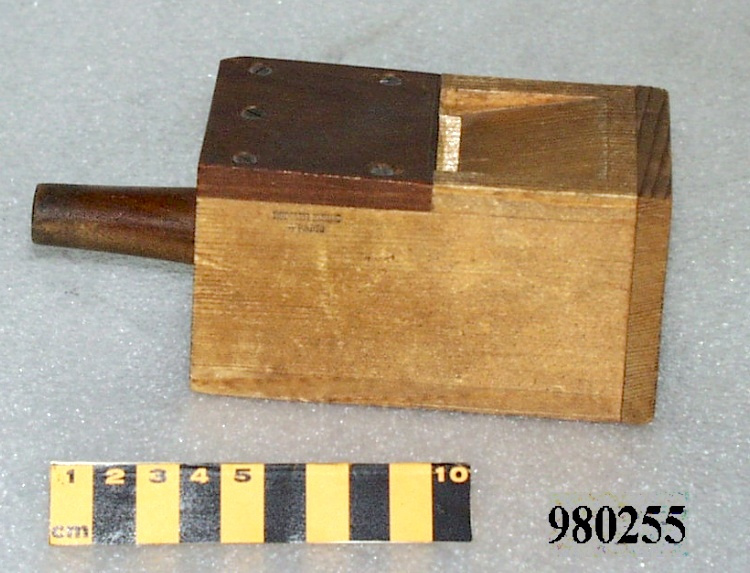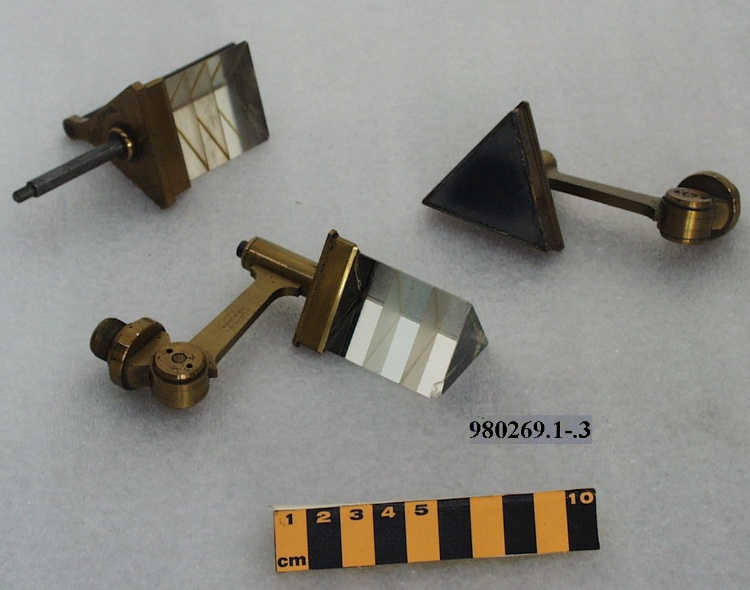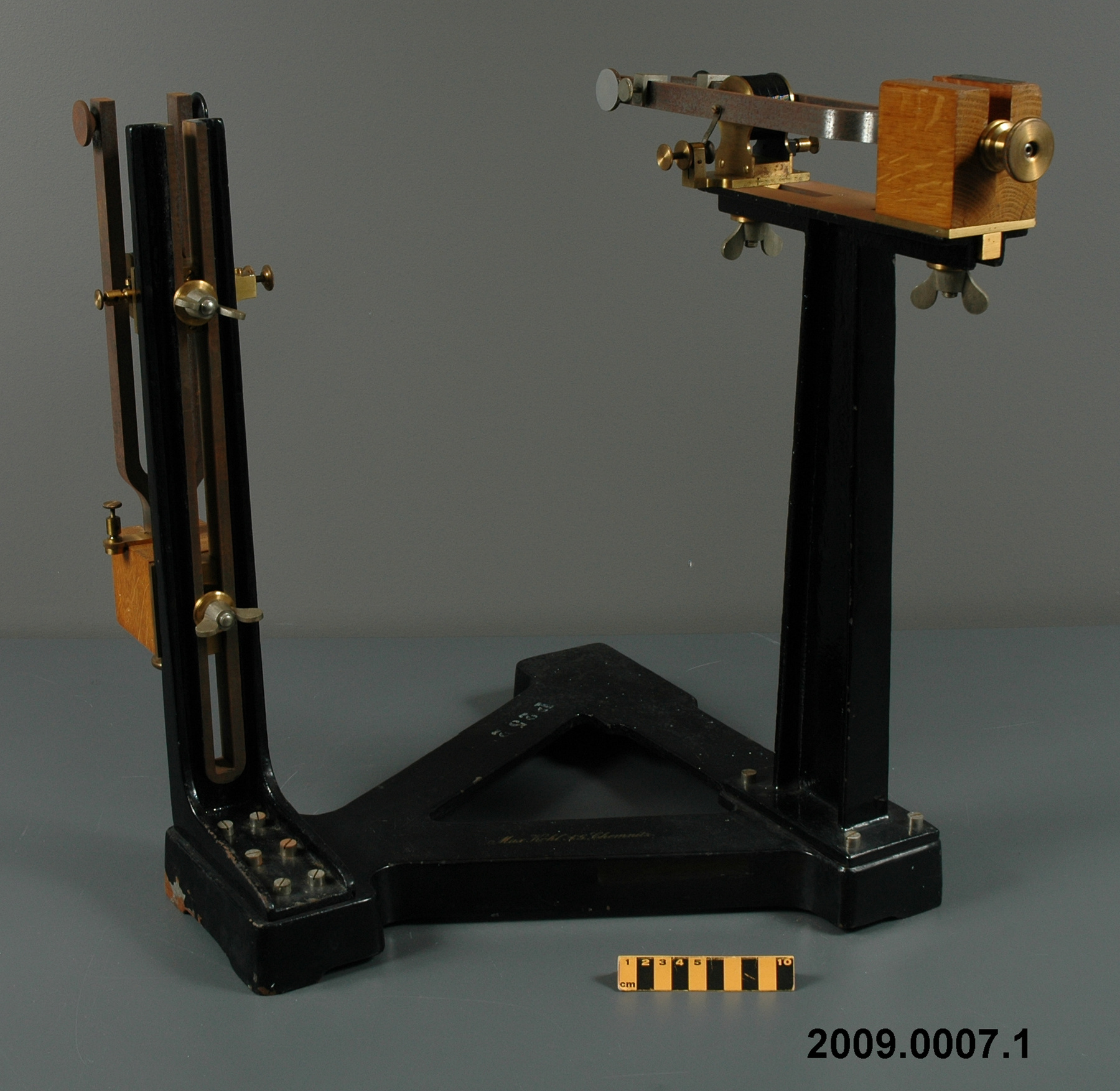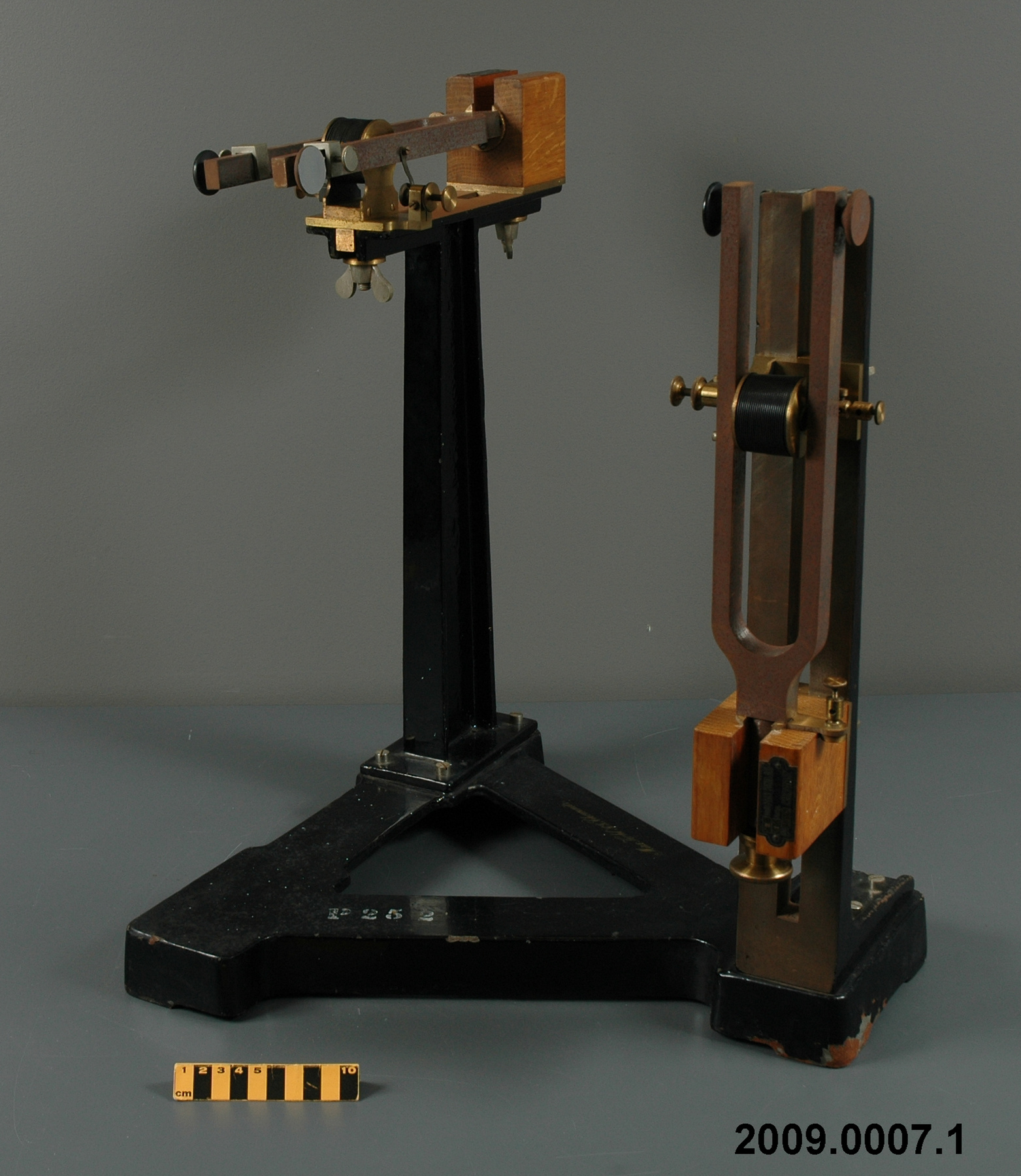Tuning fork appararatus
Use this image
Can I reuse this image without permission? Yes
Object images on the Ingenium Collection’s portal have the following Creative Commons license:
Copyright Ingenium / CC BY-NC-ND (Attribution-NonCommercial 4.0 International (CC BY-NC 4.0)
ATTRIBUTE THIS IMAGE
Ingenium,
2009.0007.001
Permalink:
Ingenium is releasing this image under the Creative Commons licensing framework, and encourages downloading and reuse for non-commercial purposes. Please acknowledge Ingenium and cite the artifact number.
DOWNLOAD IMAGEPURCHASE THIS IMAGE
This image is free for non-commercial use.
For commercial use, please consult our Reproduction Fees and contact us to purchase the image.
- OBJECT TYPE
- Lissajous/electrical
- DATE
- Unknown
- ARTIFACT NUMBER
- 2009.0007.001
- MANUFACTURER
- Kohl, Max AG
- MODEL
- Unknown
- LOCATION
- Germany
More Information
General Information
- Serial #
- N/A
- Part Number
- 1
- Total Parts
- 1
- AKA
- N/A
- Patents
- N/A
- General Description
- ferrous metal base (iron?), parts/ ferrous metal tuning forks mounted on wood blocks/ non-ferrous metal (brass?) parts/ steel? mirrors
Dimensions
Note: These reflect the general size for storage and are not necessarily representative of the object's true dimensions.
- Length
- 46.0 cm
- Width
- 42.0 cm
- Height
- 51.0 cm
- Thickness
- N/A
- Weight
- N/A
- Diameter
- N/A
- Volume
- N/A
Lexicon
- Group
- Physics
- Category
- Acoustics
- Sub-Category
- N/A
Manufacturer
- AKA
- Kohl
- Country
- Germany
- State/Province
- Unknown
- City
- Unknown
Context
- Country
- Canada
- State/Province
- Ontario
- Period
- Unknown
- Canada
-
A piece of French made equipment from the original laboratories of one of Canada's premier research schools. These apparatus derive from the earliest days of physics teaching at Western University in London (1920s). In the late nineteenth century, Canadian scientists such as J.C. McLennan (Canada's first PhD in physics in 1900, U of T) learned the basics of physics using these apparatus. The maker, Rudolph Koenig, was influential in helping Prof. James Loudon establish the first teaching laboratory in Canada in the 1870s and 80s, which was emulated at other schools such as Queen's, Western and McGill. These particular apparatus were probably obtained c. 1920 by Raymond Compton Dearle, who had done a PHD at the University of Toronto under J.C. McLennan. The French connection is also significant. In the late nineteenth century, every college and university in Canada and the United States bought instruments from Paris. They were deemed an essential part of early research and teaching. - Function
-
A devide use for optically displaying the combination of two vibrating bodies, e.g. the vibrations of two tuning forks. The subsequent patterns (e.g. circles or figure eights) were used to tune the forks with great precision. - Technical
-
This Lissajous apparatus represents the earliest generation of optically based acoustical instruments. Lissajous figures are a means of displaying complex harmonic motion and were developed by French physicist Jules Antoine Lissajous (1833-1880), who first demonstrated the optical production of the curves in 1857 (Ref. 1).. The manufacturer's catalogue (Ref. 2) describes it as a 'Tuning fork apparatus for subjective and objective demonstration of Lissajous figures'. The device consists of two tuning forks fitted on an iron stand, one in a horizontal and one in a vertical position. The tuning forks have limbs 250 mm long and give large vibrations. They are provided with steel mirrors and both have electromagnetic drives. By means of two sliding weights, one fork can be put out of tune for producing tremors. The projection lantern and a lens can be used to project the curves onto a screen. Acoustical demonstrations were an enormously popular part of basic science and physics education during the nineteenth century. They were the foundation of fundamental studies in physics, musicology and psychology. Teaching laboratories and conservatories across Europe and North America had large acoustical collections for demonstrating and experimenting with sound phenomena; acoustical instruments were also used extensively for public lectures on "the science of musical sounds." Following the 1890s, and the decline of the French trade, Max Kohl company of Germany almost single handedly replaced the entire French trade in teaching instruments. They became one of the largest factories in Europe for mass-producing research and teaching equipment. By 1900 Kohl had well over 400 people working in his factory in Chemnitz. - Area Notes
-
Unknown
Details
- Markings
- white lettering on base reads in script 'Max Kohl A.G. Cheminitz'/ plate on each wood block reads '2 Volt MAX KOHL A.G./ 1Amp/ CHEMINITZ'
- Missing
- unknown
- Finish
- frame painted black/ metallic forks/ coated medium brown wood/ gold coloured metal fittings
- Decoration
- N/A
CITE THIS OBJECT
If you choose to share our information about this collection object, please cite:
Kohl, Max AG, Tuning fork appararatus, Unknown Date, Artifact no. 2009.0007, Ingenium – Canada’s Museums of Science and Innovation, http://collection.ingeniumcanada.org/en/id/2009.0007.001/
FEEDBACK
Submit a question or comment about this artifact.
More Like This
